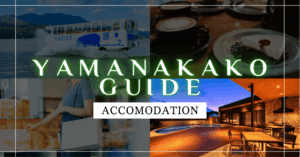For many visitors, Japanese trains are convenient—but also intimidating. You might be thinking:
- “How do I buy the right ticket?”
- “What if I get lost in a huge station like Tokyo?”
- “Isn’t the system too complicated?”
These are common concerns, especially in big cities like Tokyo, where stations are vast and transfers can be complex. For first-time international travelers, it can feel overwhelming.
That’s why this guide is here! We’ll walk you through the basics of using ordinary local trains (普通列車 / Local Train) in Japan—step by step.
From how to buy train tickets, to passing through ticket gates, boarding the train, and even tips for enjoying the station itself, this guide covers everything you need to know.
Read on, and you’ll see that Japanese train travel can be not only smooth and stress-free, but also an enjoyable part of your journey.
How to Buy Train Tickets
How to Check the Train Fare
Before boarding a train in Japan, you need to confirm the fare from your departure station to your destination station. Once you know the amount, you can purchase the correct ticket.
So, how do you check the fare?
The answer is simple: look at the fare map posted above the ticket machines!
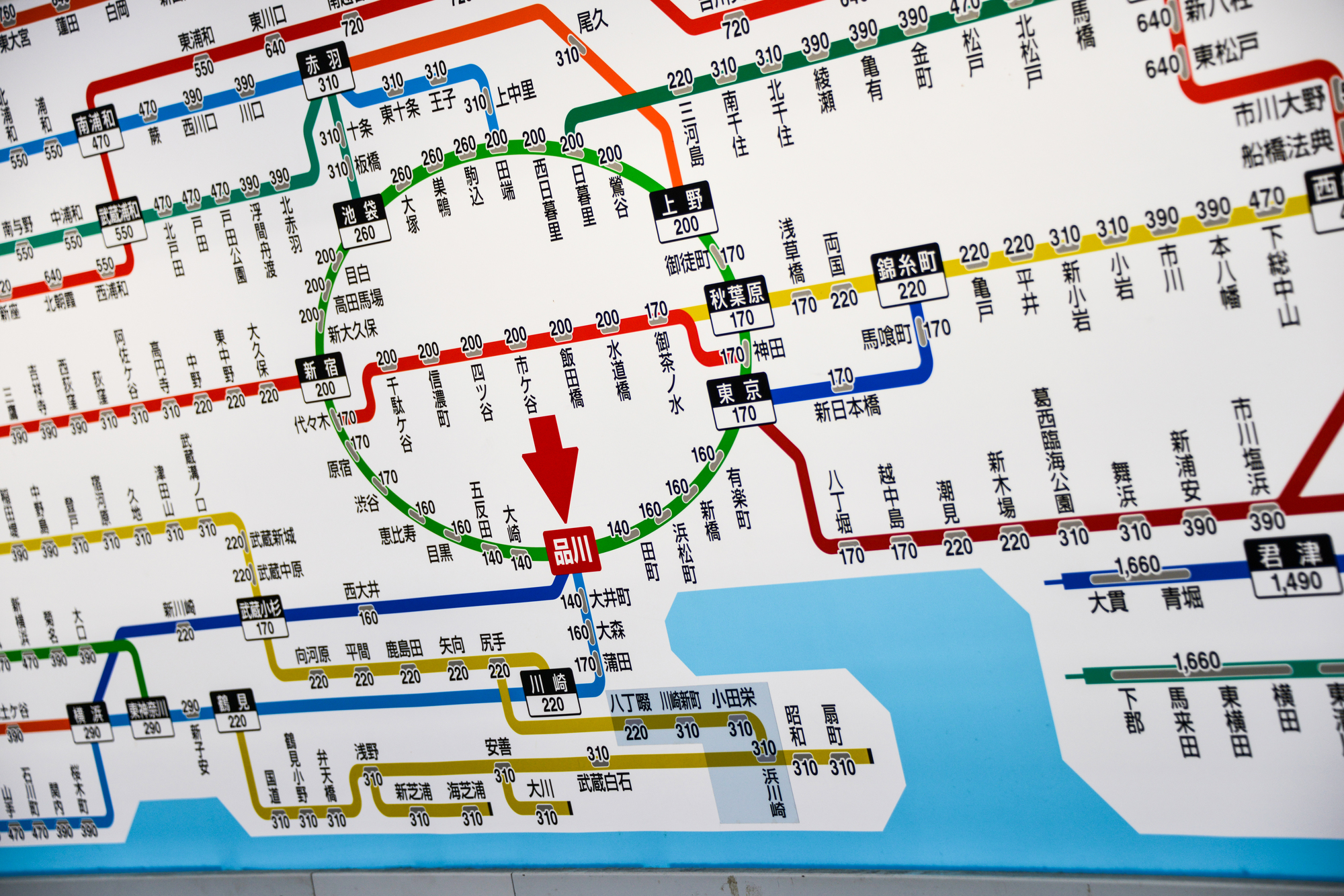
・The map shows nearby station names along with the fare to reach each one.
・Your current station is usually marked with an arrow or labeled “You are here”, making it easy to find.
・In rare cases where the arrow is not displayed, you can always check the large station name signs near the ticket gates or ask a station staff member for confirmation.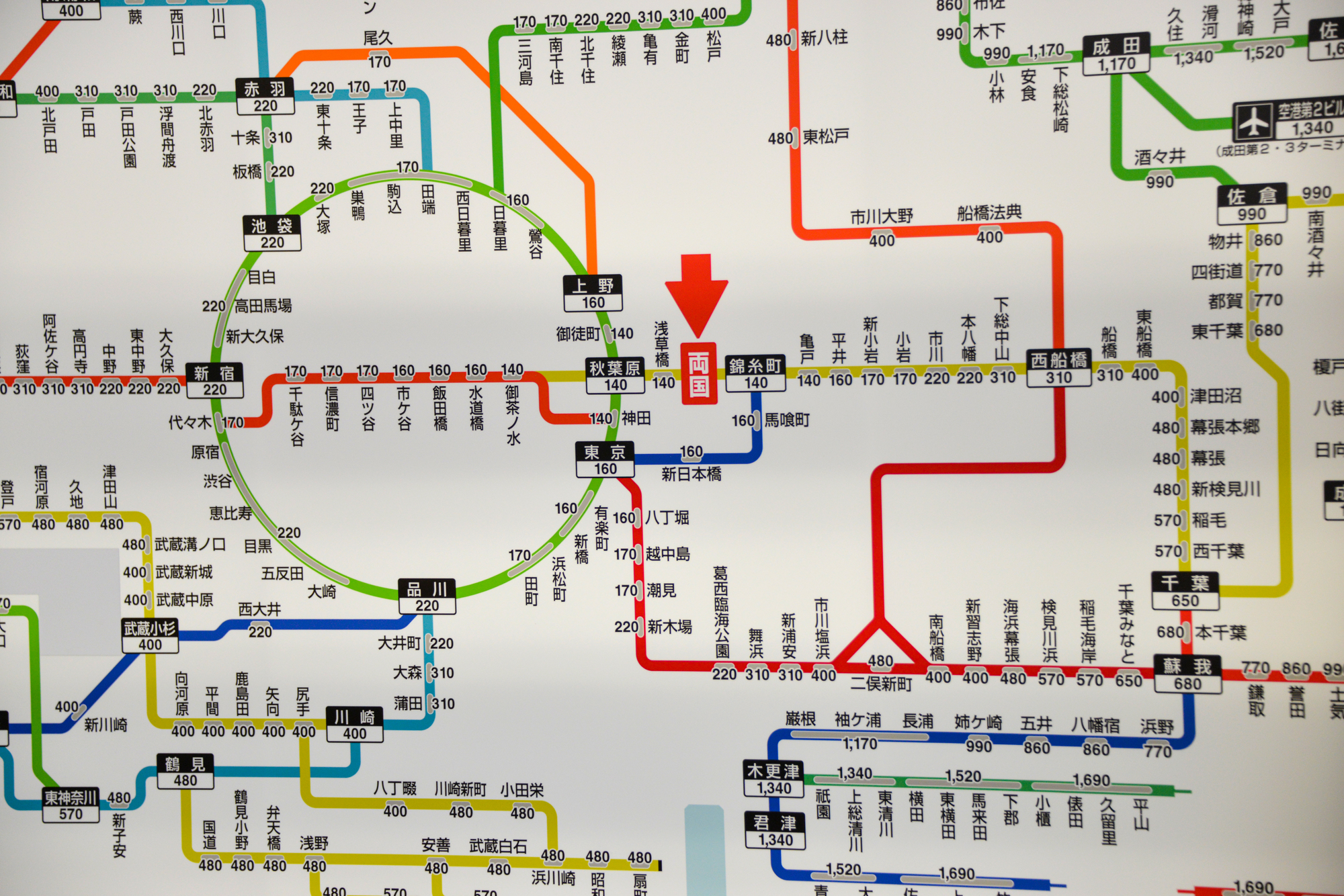
Example: Traveling from Shinagawa to Lake Kawaguchiko
If you are going from Shinagawa Sta. (Tokyo) to the popular Mt. Fuji area destination Kawaguchiko Sta. (Yamanashi), the main route is:
Shinagawa Sta. → Shinjuku Sta. → Otsuki Sta. → Kawaguchiko Sta.
From Otsuki to Lake Kawaguchiko, you will transfer to the Fujikyu Railway.
Many stations also provide English versions of the fare map, so even international travelers can easily check fares.
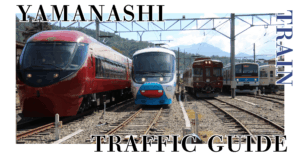
Once you know the price, the next step is to purchase your ticket at the ticket machine.
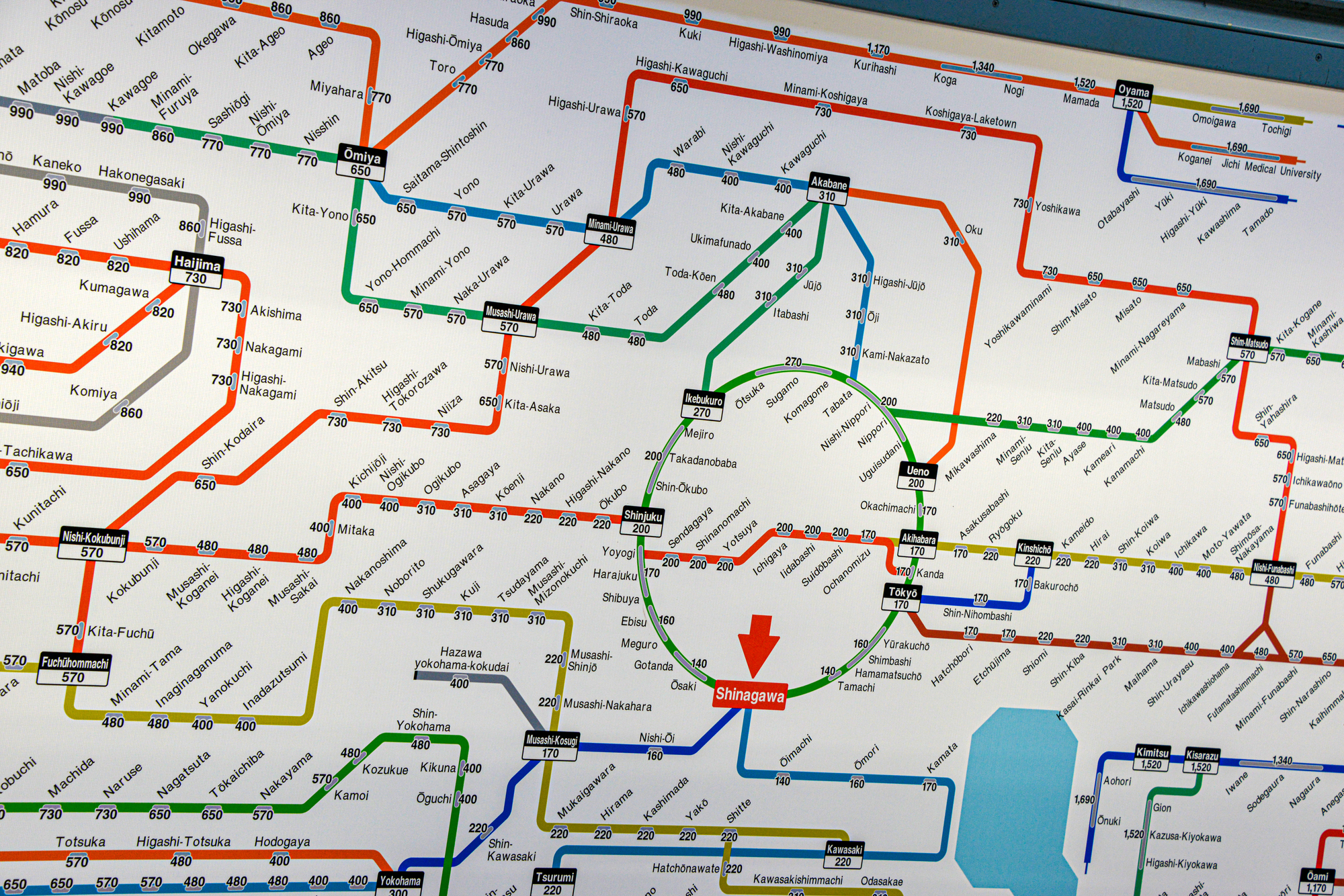
How to Use the Ticket Machine
Ticket machines are located in front of the ticket gates at every station. Here’s how to buy your ticket:
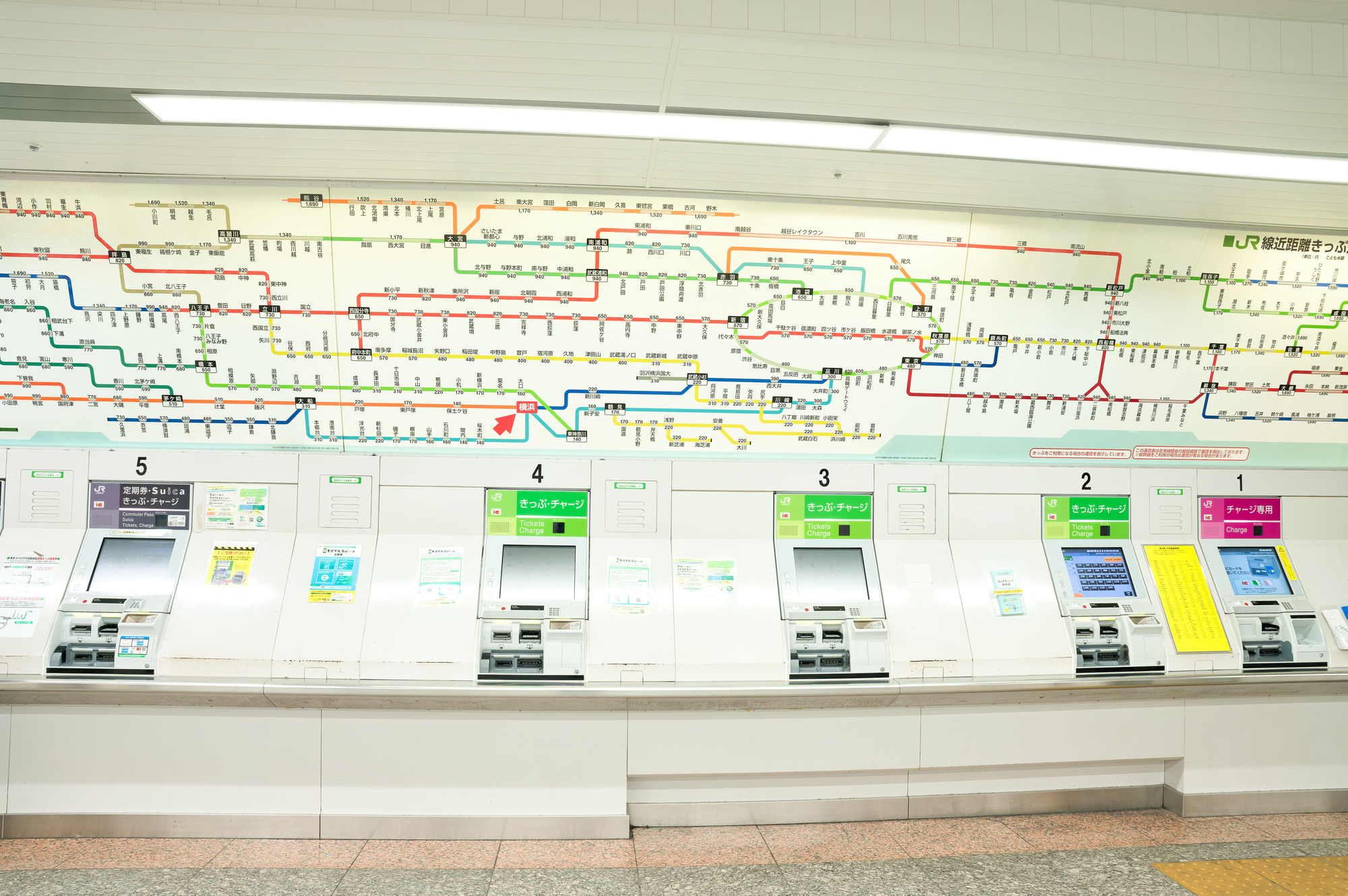
Check the Fare
The machine screen displays different fare amounts.
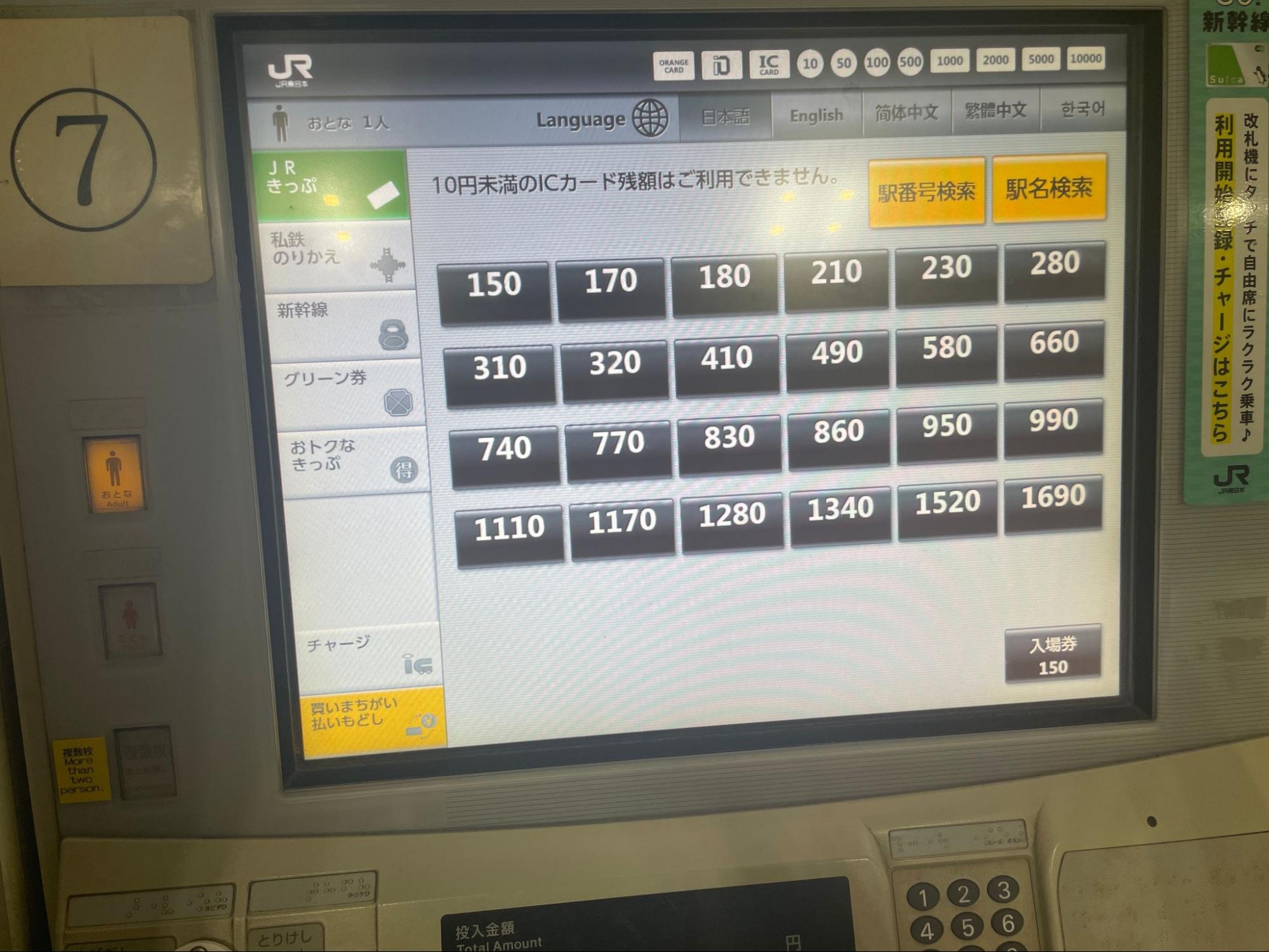
Change the Language
If you prefer another language, tap the language button in the top-right corner of the screen.
Options usually include Japanese, English, Simplified Chinese, Traditional Chinese, and Korean.
elect the Fare
For example, if you need a ticket that costs ¥230, tap the ¥230 button.
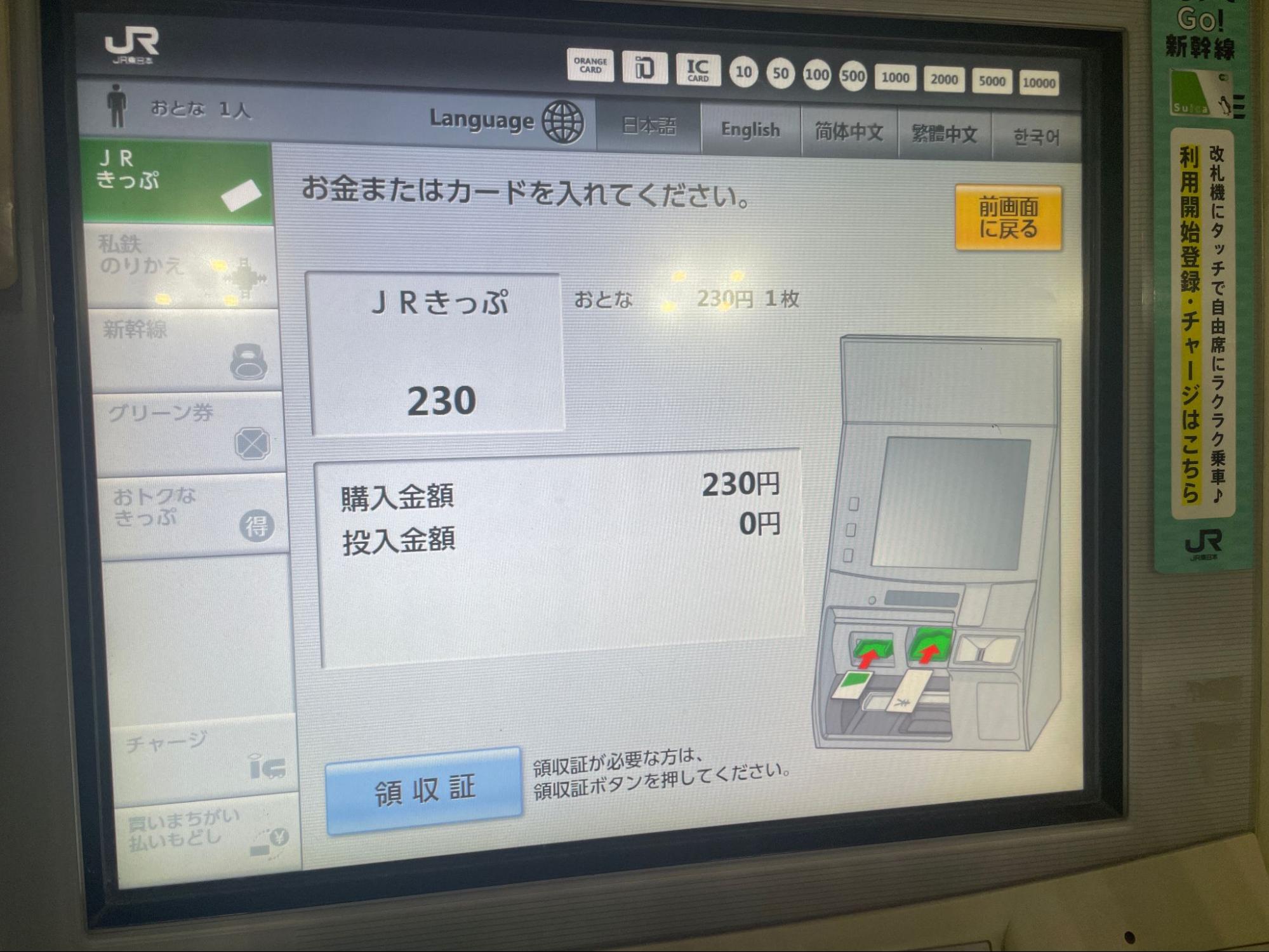
Insert Payment
Insert coins or bills into the machine.
Some machines also accept credit cards—insert your card if available.
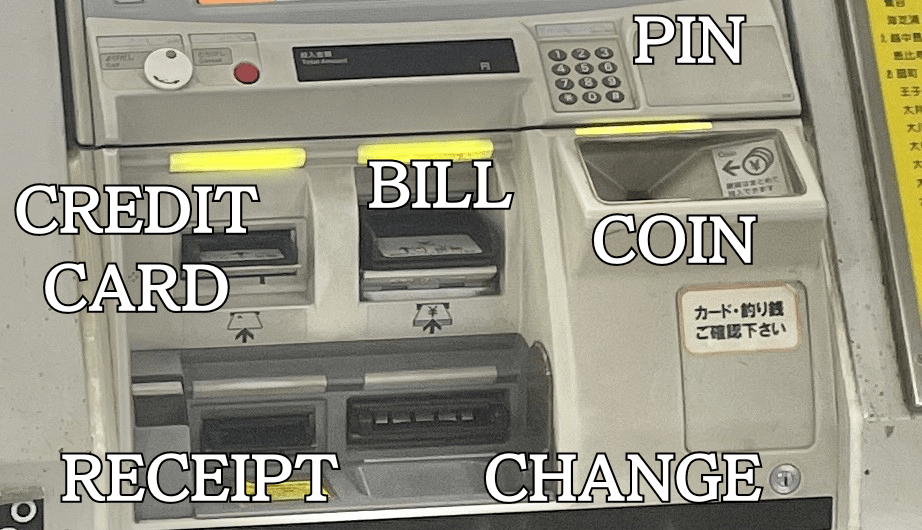
Collect Your Ticket & Change
Once payment is completed, the machine will dispense your paper ticket along with any change.
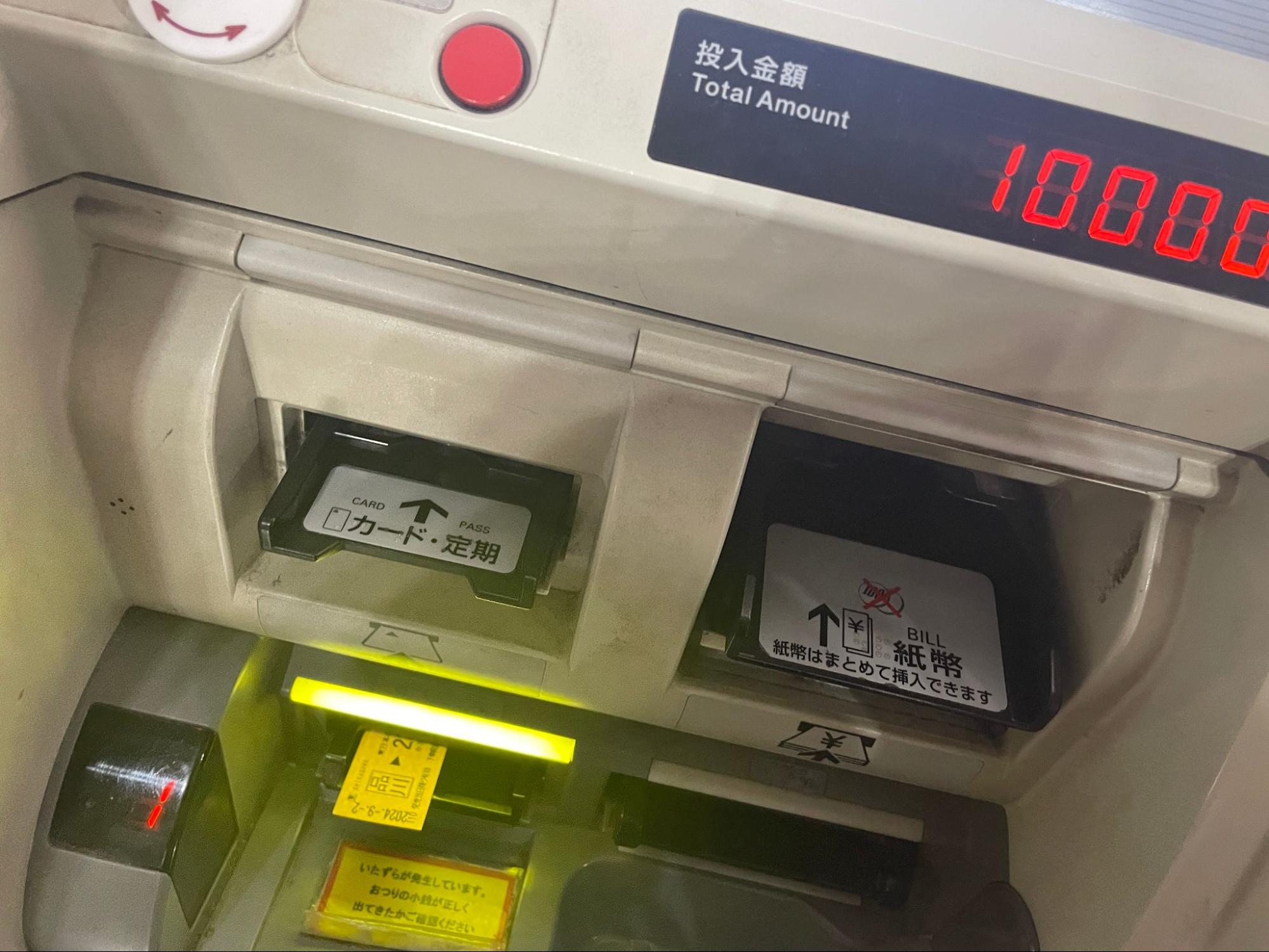
That’s it! Your ticket is ready, and you can head straight to the ticket gates.
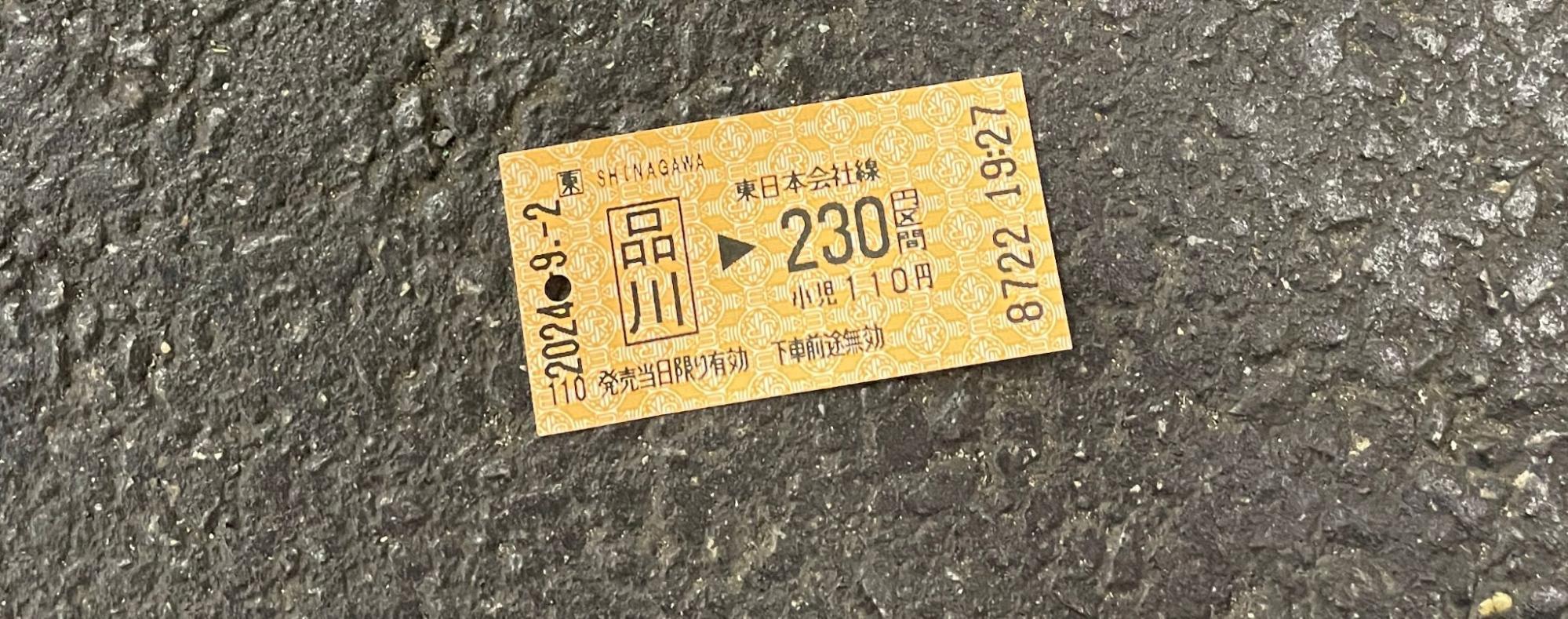
Traveling with Children
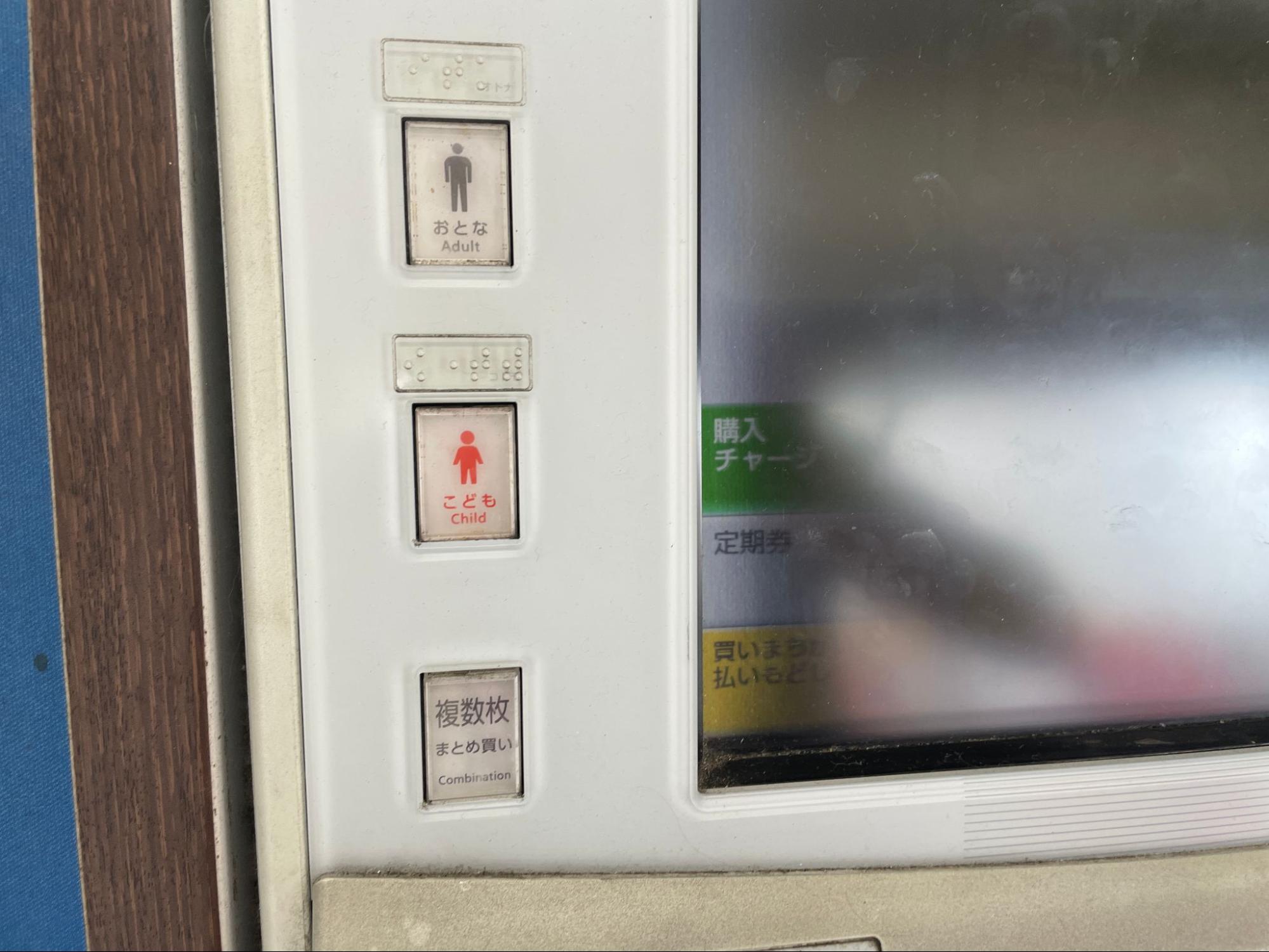
On the ticket machine, you’ll find a “Child” button (usually on the left side). Tap this button and the fare will automatically adjust.
- Child fares are generally half the adult fare.
- Infants and babies can ride for free, but in certain cases a child fare is required:
(1)When one adult or one child is accompanied by more than two infants → from the third infant onward, a child ticket is required.
(2)When an infant or baby occupies a reserved seat, Green Car seat (except non-reserved Green Cars), or sleeper berth.
(3)When an infant travels alone.
Age Categories (JR Lines)
| Adult | 12 years and older (Note: Elementary school students who are still 12 are considered “Child”) |
|---|---|
| Child | Ages 6–11 (but not yet in elementary school → “Infant”) |
| Infant | Ages 1–5 |
| Baby | Under 1 year old |
These are JR Line rules. Other railway companies may have different child fare policies, so check their official websites when in doubt.
Ticket machines allow you to purchase tickets for multiple people at once (e.g., 3 adults + 2 children).
If you find this confusing, you can always buy tickets one at a time for clarity.
If Your Destination Is Not on the Map
If you don’t see your destination on the fare map, it usually means that you will need to transfer to another railway line along the way.
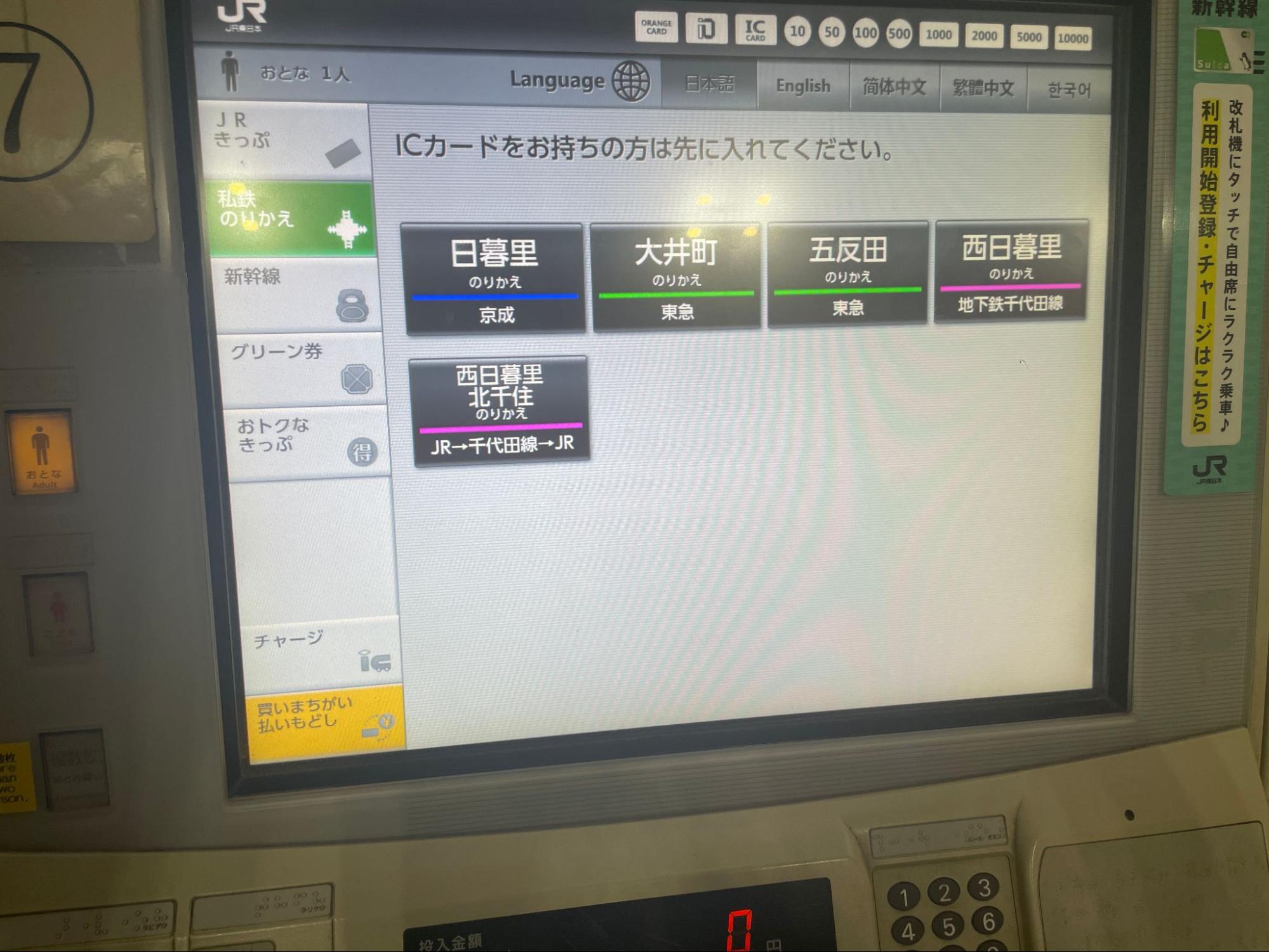
- In many cases, the ticket machine still allows you to purchase a ticket all the way to your final destination.
- If you’re unsure, press the “Help” button on the machine to call for assistance.
- Alternatively, go to the Midori no Madoguchi (staffed ticket office), where station staff can issue the correct ticket for you.
✅ This way, even if your station isn’t listed, you can still travel without worry.
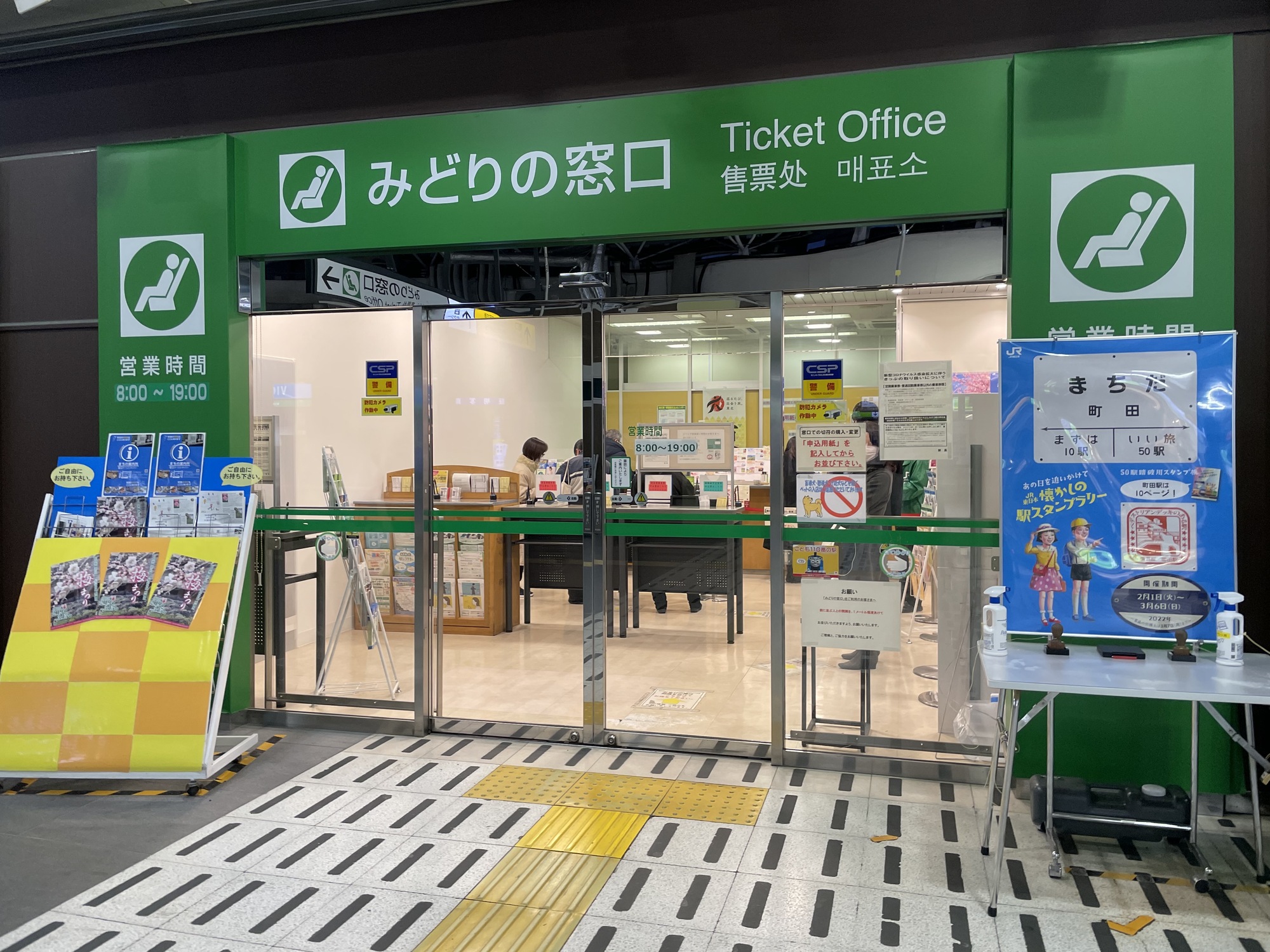
A Romantic Japanese Legend: The “Love Fortune Ticket” 💕
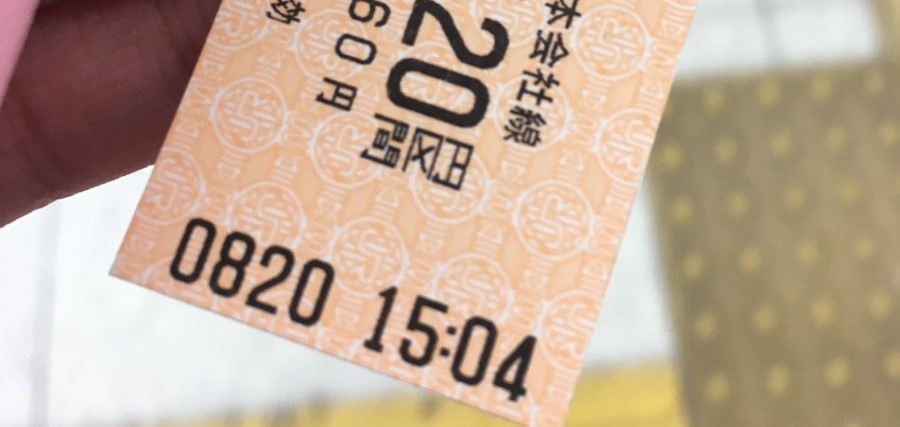
In the early 2000s, a romantic trend swept across Japan—the “Love Fortune Ticket” (Ryo-omoi Kippu).
When you buy a train ticket from the vending machine, it comes with a four-digit serial number.
Here’s the fun part:
- If the first and last digits are the same, the two numbers in the middle represent your percentage chance of mutual love.
- In this example, it means an 82% chance of love!
This superstition became hugely popular in the pre-IC card era, when paper tickets were used by everyone.
✨ Next time you buy a paper ticket, check the number—you might just discover your love fortune!
How to Purchase an IC Card

If you’re staying in Japan for a longer period and don’t want the hassle of buying paper tickets every time, or if you find ticket machines confusing, then an IC card is the perfect solution.
In Japan, the most common cards are Suica and PASMO, and they can be used on trains, buses, and even at convenience stores and vending machines nationwide.
The system is simple:
- Charge (add money) in advance at a ticket machine.
- Tap the card on the reader when entering and exiting the ticket gates.
You can load amounts such as ¥1,000, ¥2,000, ¥3,000, ¥4,000, ¥5,000, or ¥10,000.
There are even machines dedicated to charging IC cards for convenience.
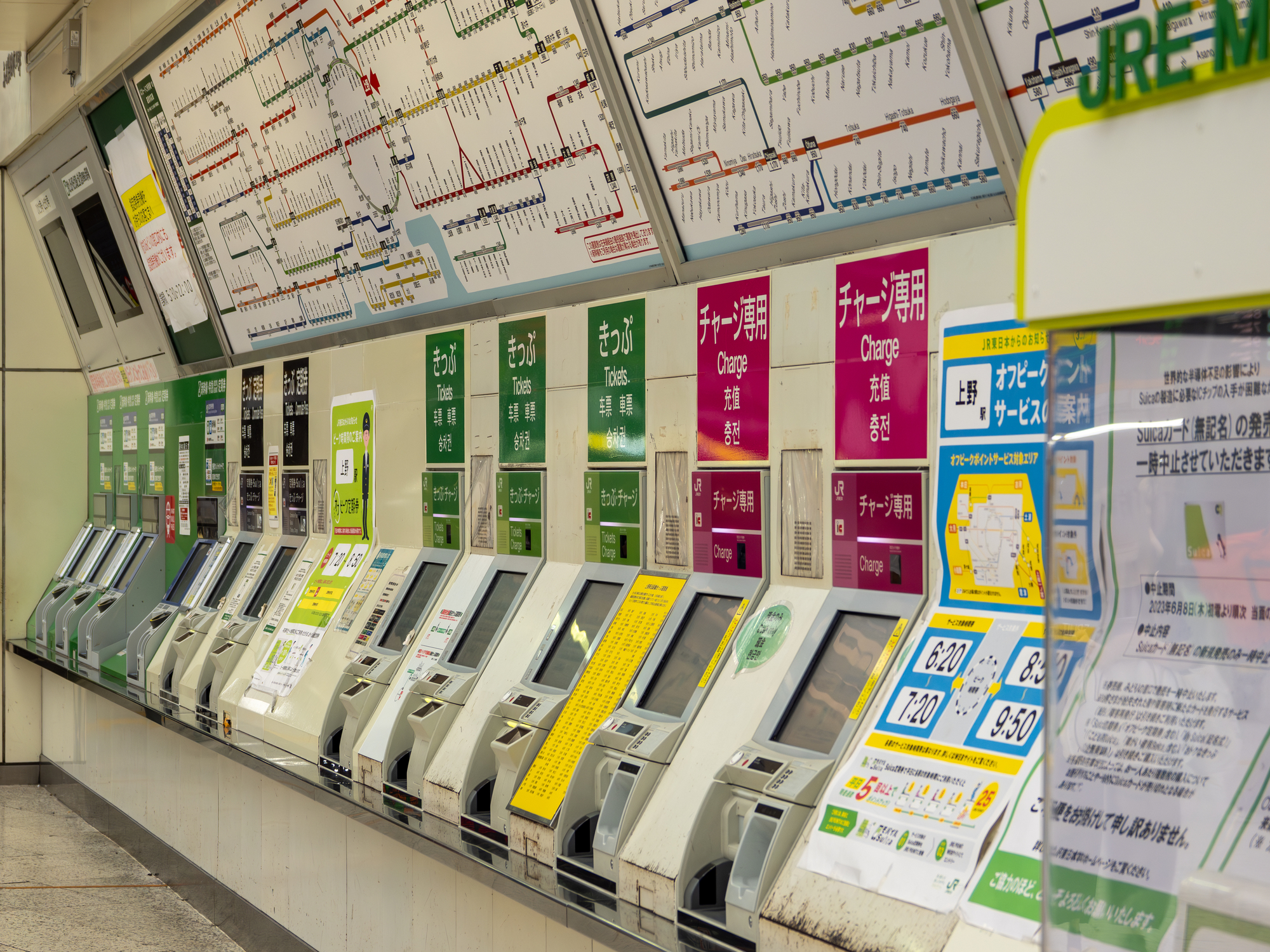
Where to Buy an IC Card:
- At ticket machines
- At staffed ticket counters (Midori no Madoguchi)
The process is straightforward:
- Tap the screen and enter your name.
- Pay the purchase amount.
When you first buy an IC card, the cost includes a ¥500 refundable deposit.
This deposit will be returned if you cancel your card and request a refund at a JR East station or other designated counter.
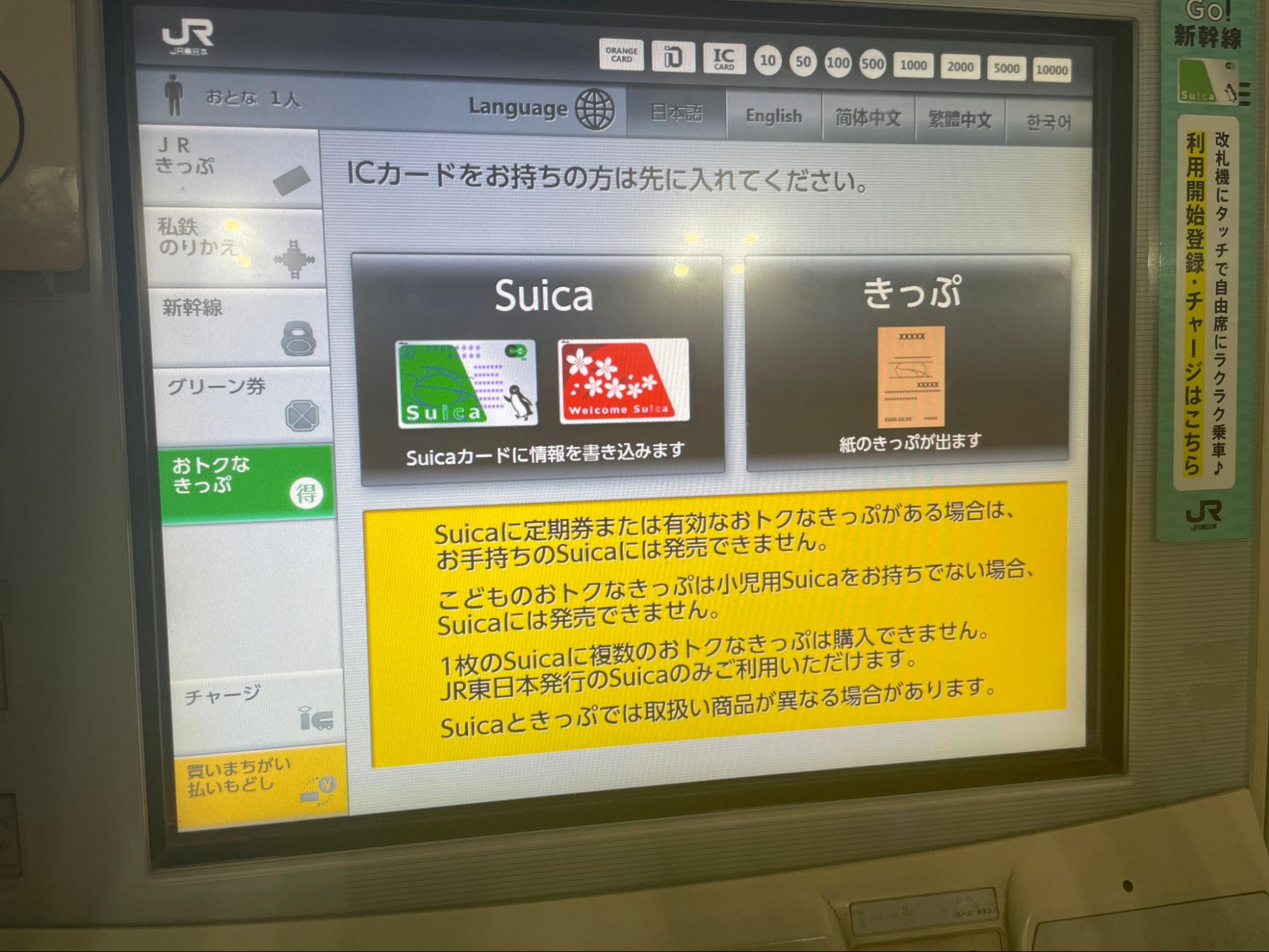
✅ With an IC card, you’ll save time and enjoy smooth travel across Japan without the need for paper tickets.
For International Visitors Only: Welcome Suica

The Welcome Suica is a special IC card designed exclusively for international travelers.
- No deposit required (unlike regular Suica cards).
- Valid for 28 days from the date of purchase.
- Works just like a standard Suica for trains, buses, and even shopping.
You can purchase the Welcome Suica at major airports and stations, including:
- Narita Airport Terminal 1 Sta.
- Narita Airport Terminals 2 & 3 Sta.
- Haneda Airport Terminal 3 Sta.
- Tokyo, Shinagawa, Shibuya, Shinjuku, Ikebukuro, and Ueno stations.
👉 Perfect for short-term visitors who want the convenience of an IC card without worrying about refunds or deposits.
For more details, check the official guide here: Welcome Suica Official Page
More Than Just Trains! Convenient Uses of IC Cards
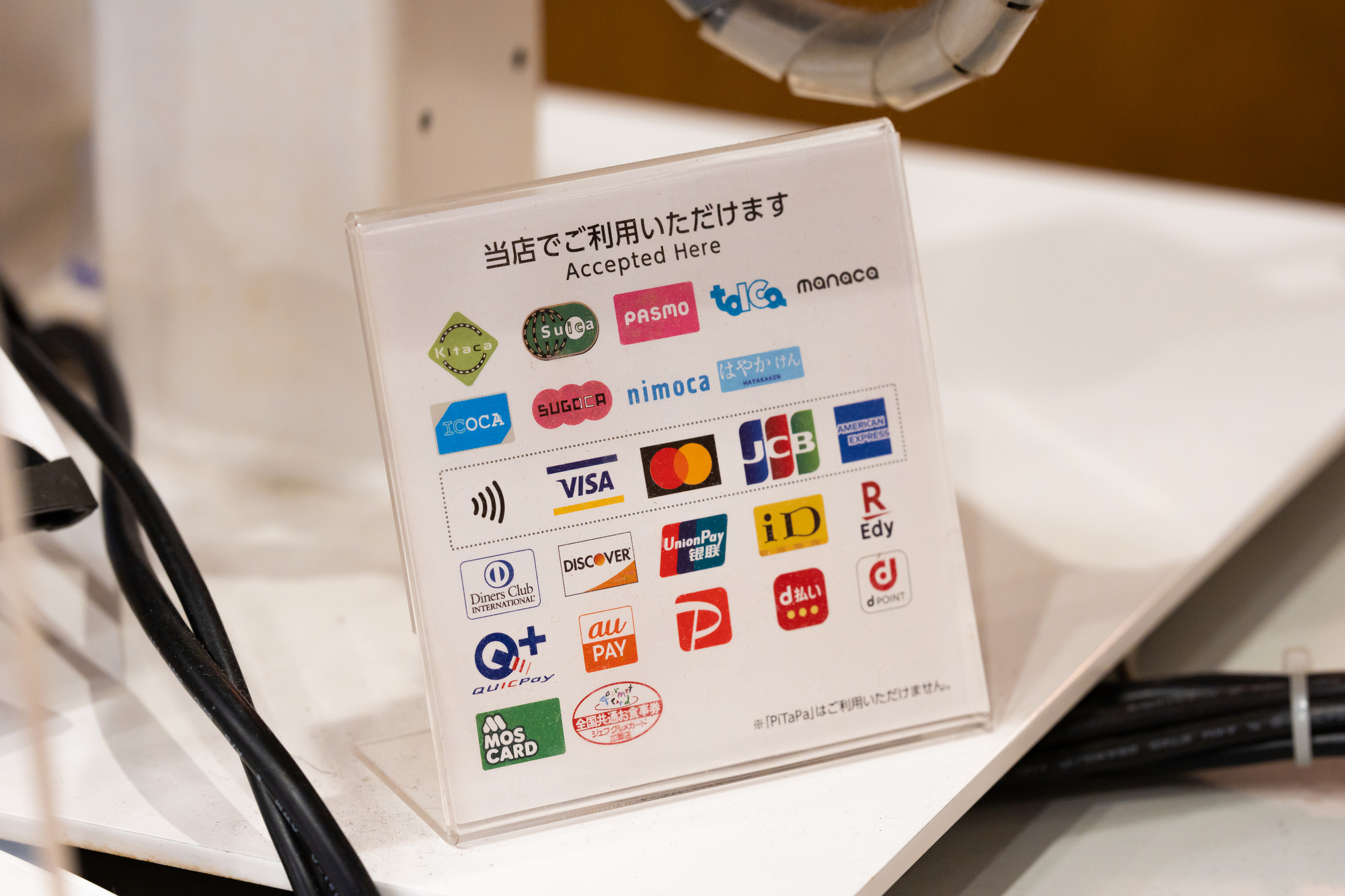
IC cards aren’t just for trains and buses—they can also be used for shopping at convenience stores, supermarkets, and even vending machines across Japan.
- At convenience stores, you can also recharge (add balance) to your IC card directly at the register.
- This makes it an essential travel item—once you have one, you’ll find yourself using it every day.
✅ With an IC card, you can experience Japan’s growing cashless culture, making your trip smoother and more convenient.
👉 Want to learn more about cashless payments in Japan? Check out our full guide here!
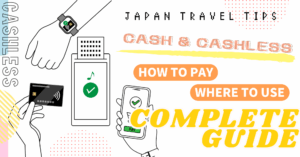
How to board the train
How to Pass Through the Ticket Gates
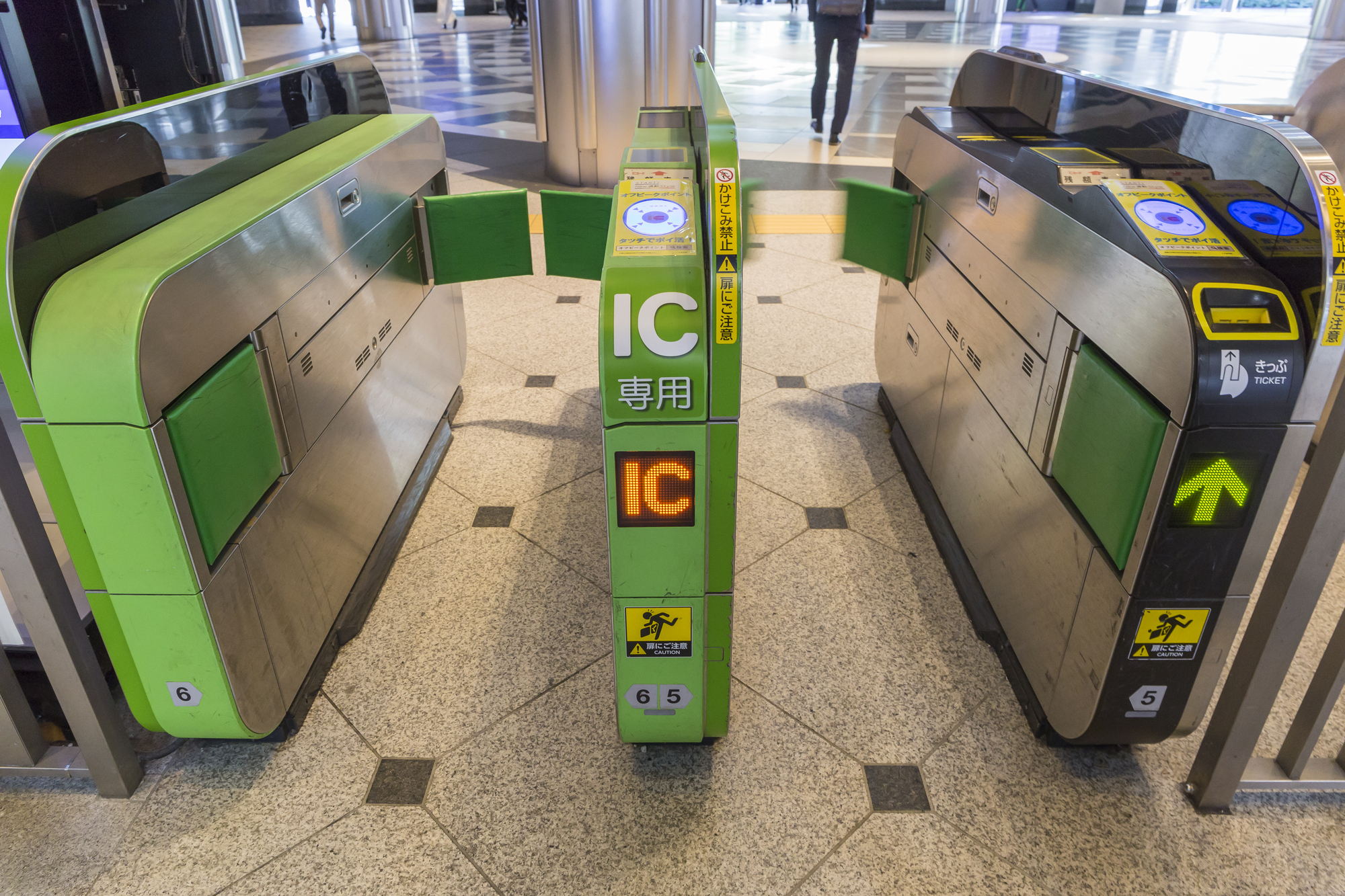
Once you’ve purchased your paper ticket or charged your IC card, it’s time to enter the station through the ticket gates.
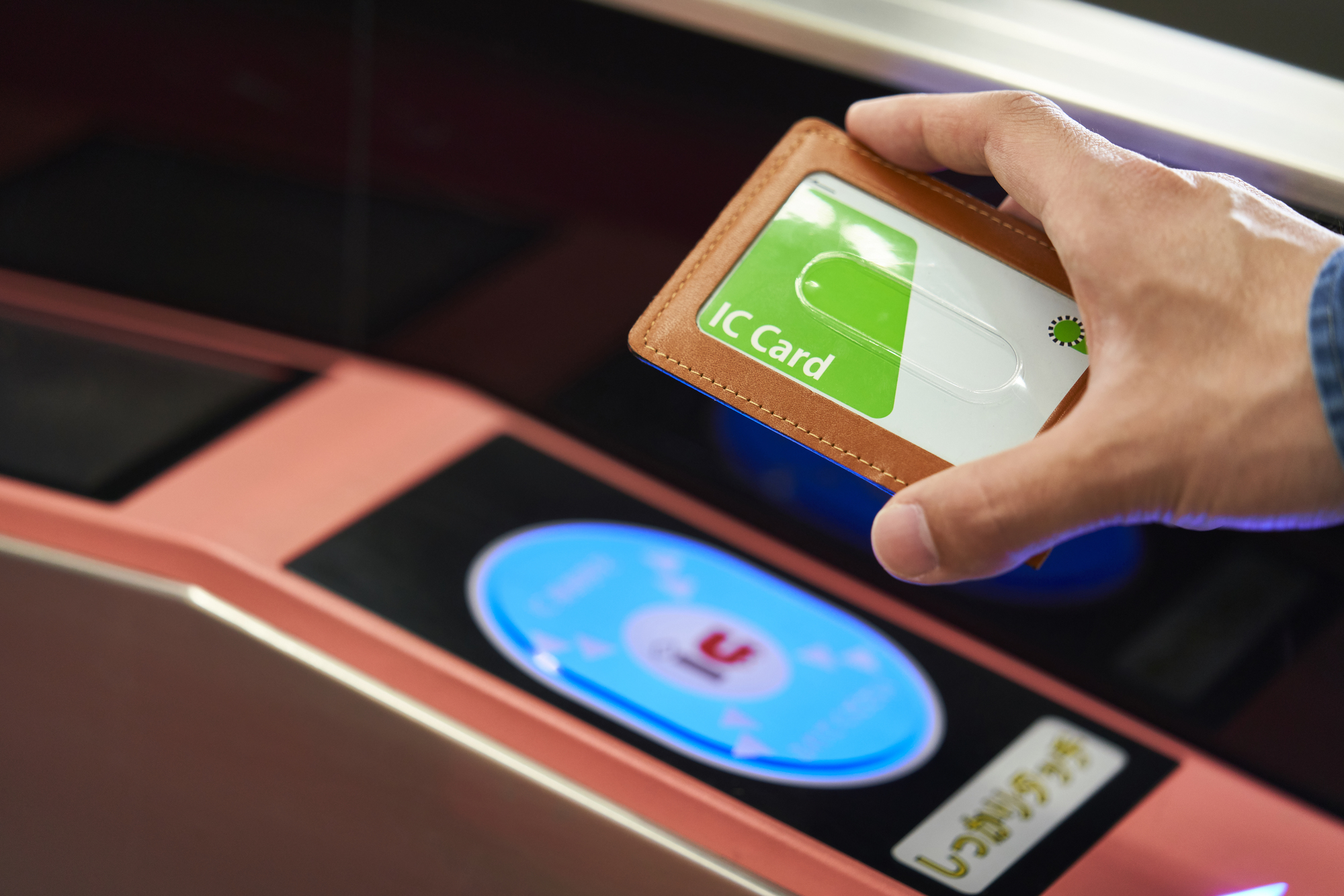
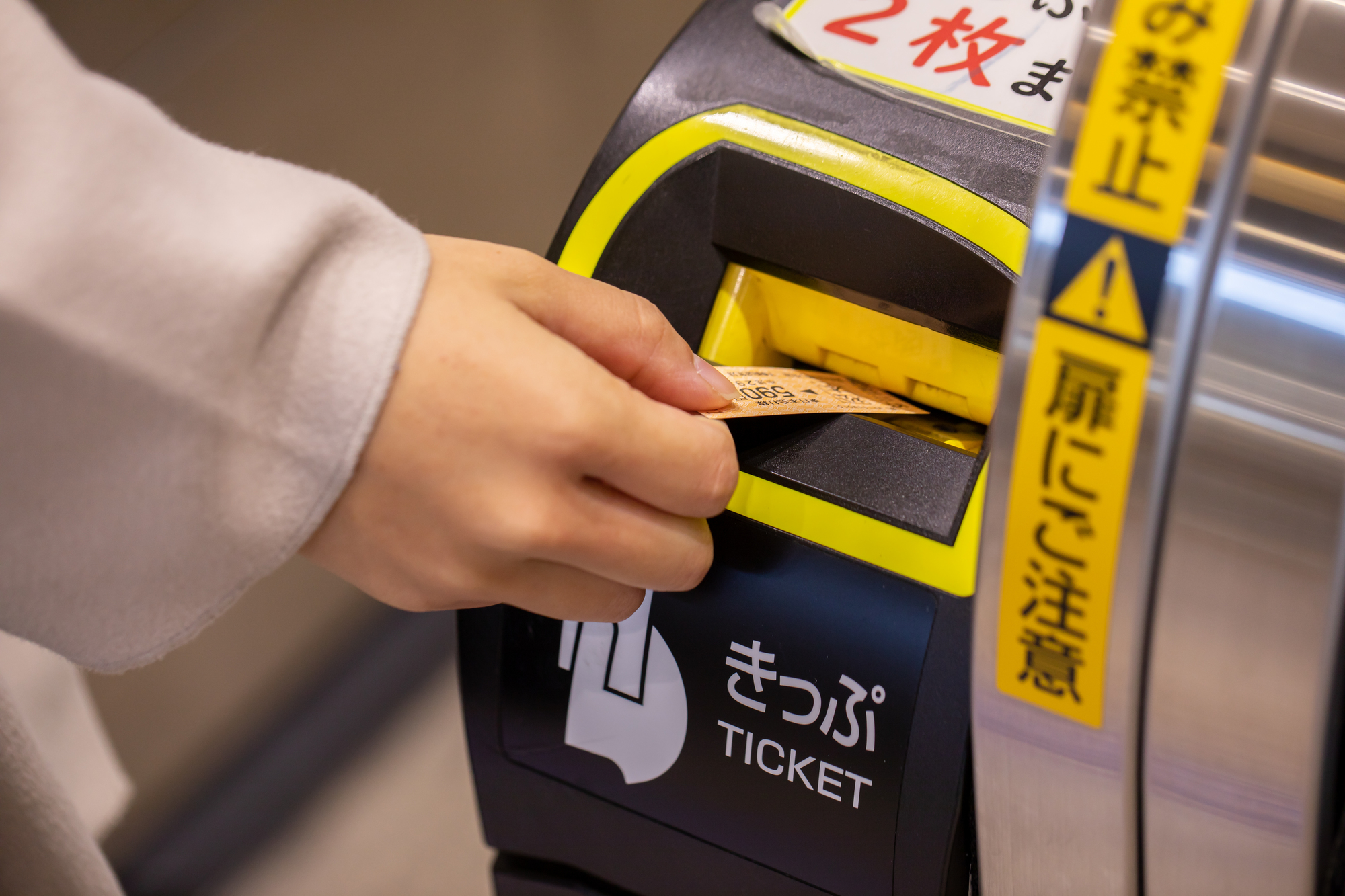
- With an IC Card:
Simply tap your card on the card reader at the top of the gate.
Your remaining balance will appear on the screen for a quick check. - With a Paper Ticket:
Insert your ticket into the slot at the gate.
Don’t forget to take the ticket back as it comes out on the other side—you’ll need it again when exiting at your destination.
✅ Both methods are fast and simple. Just follow the flow of other passengers, and you’ll be through in seconds.
How to Find the Right Train Platform
At most stations, you’ll see electronic signboards showing upcoming departures. Simply look for your destination and head to the indicated platform.
- If you’re not sure, don’t hesitate to ask a station staff member for help.
- On the platform itself, you’ll also find route maps and large platform numbers clearly displayed.
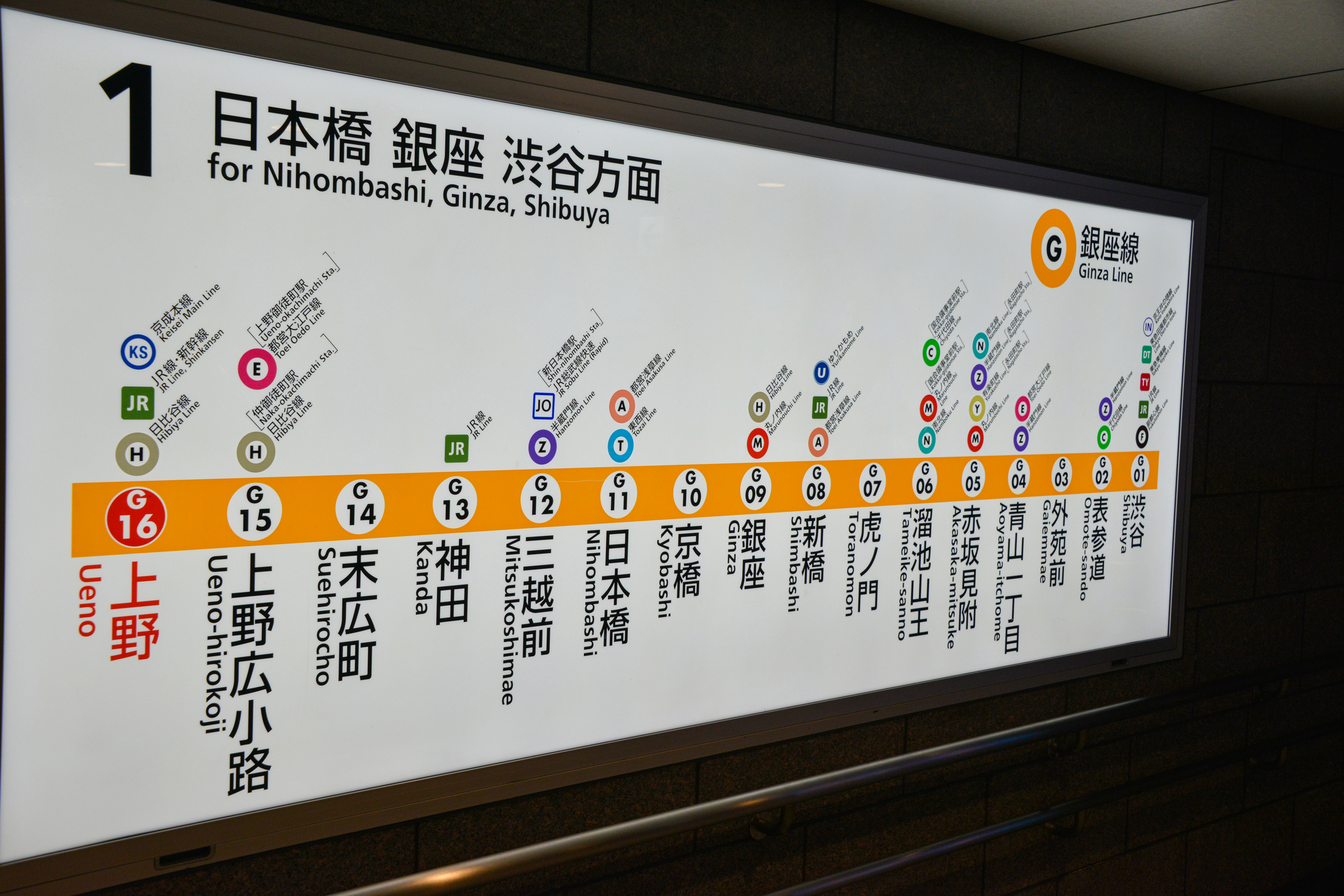
For example:
- “Platform 12” may display trains for the Tokaido Line toward Kawasaki, Yokohama, Ofuna, Odawara, and Atami.
⚠️ At major stations, a single platform can sometimes serve two tracks (two directions). This means:
- One side may be for trains heading in one direction.
- The other side may be for the opposite direction or a different line.
✅ Always double-check the destination and direction on the signboard before boarding.

How to Board the Train
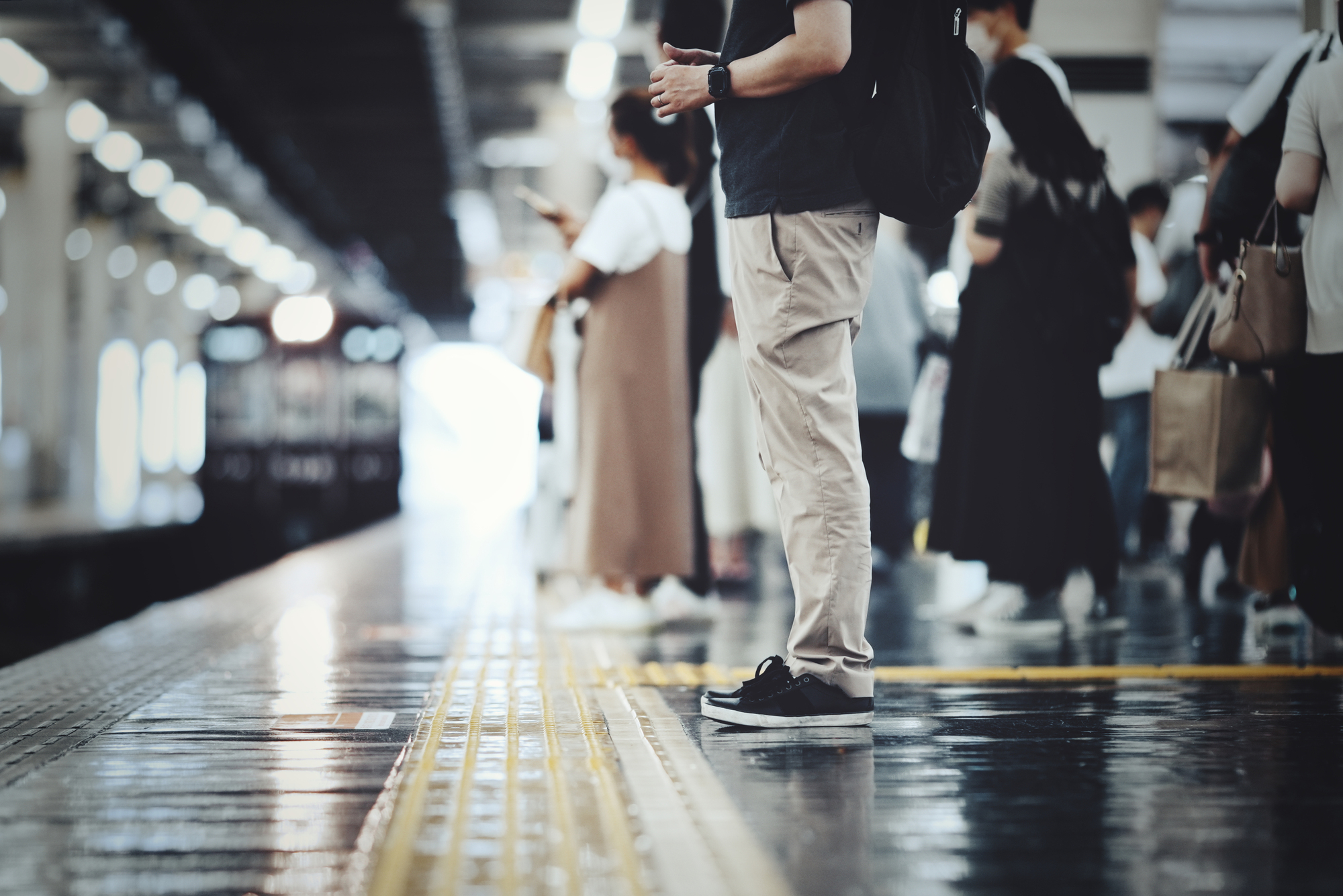
Once you arrive at the platform, all you need to do is wait for your train.
- You’ll notice a yellow tactile safety line (braille blocks) on the ground for visually impaired passengers. Always stand behind this line while waiting.
- At some stations, you’ll also find platform doors that open only when the train arrives. These safety doors vary by station, so observing the different designs can be a fun part of your journey.
✅ Stay behind the line, wait in an orderly queue, and boarding will be smooth and safe.
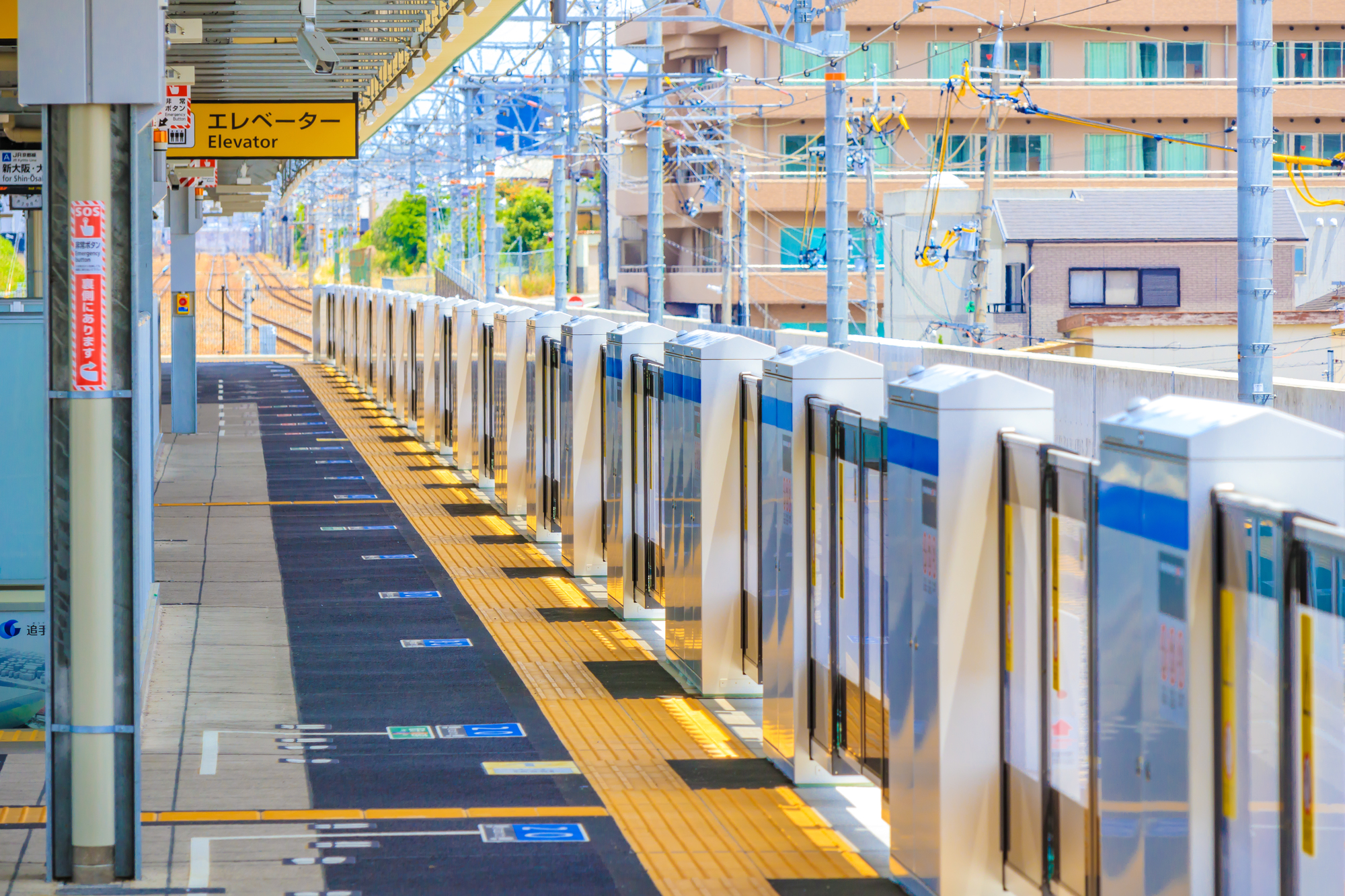
Boarding Positions & Door Numbers
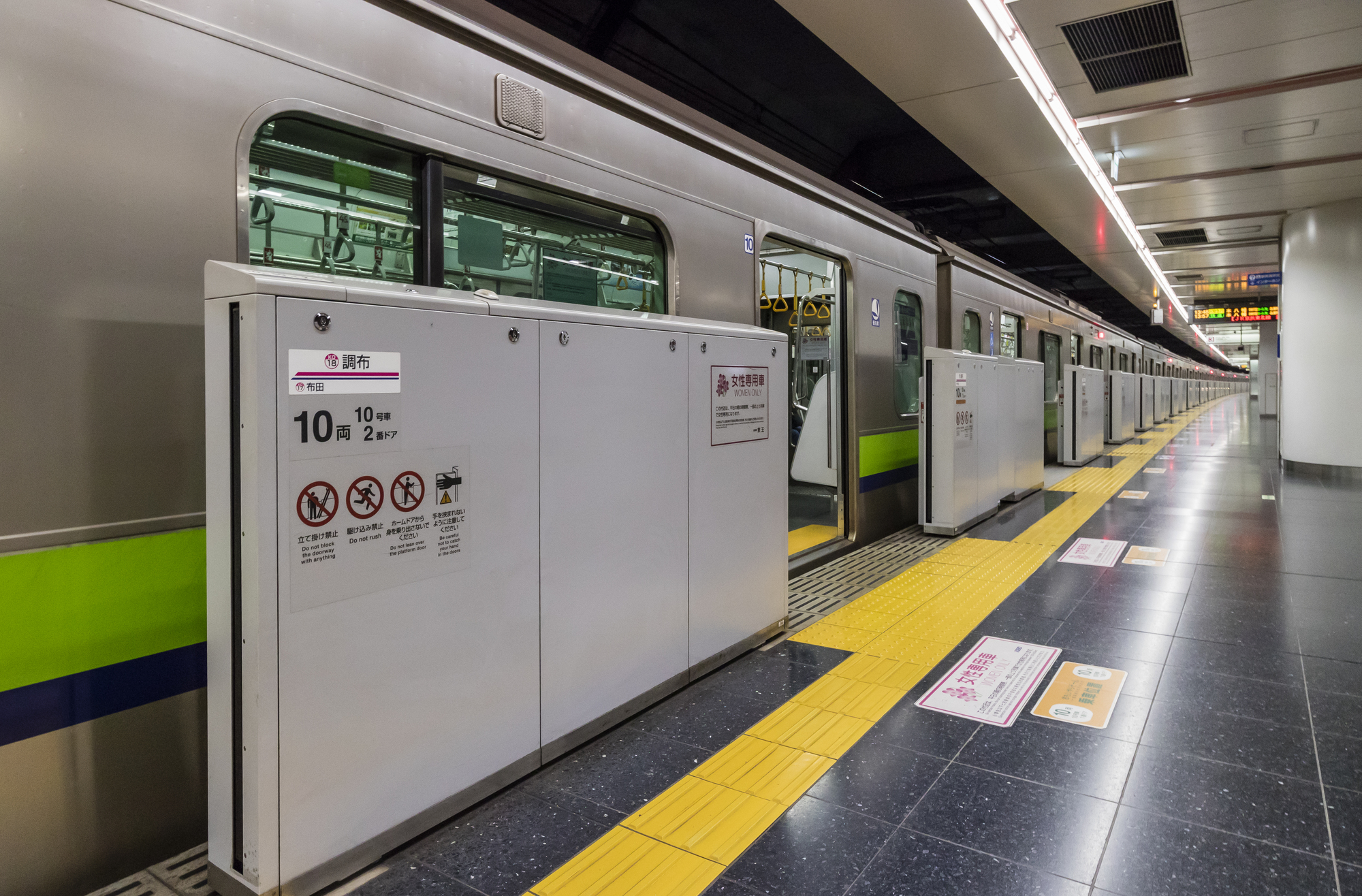
In Japan, train platforms often display boarding positions and door numbers, which indicate where each train car and door will stop.
- Once you get used to the system, you can plan where to board to exit closer to the ticket gates at your destination, or even find less crowded areas.
- With the exception of Priority Seats, Women-Only Cars, and Green Cars, most seats on local trains are non-reserved, so you can line up at any door.
Priority Seats
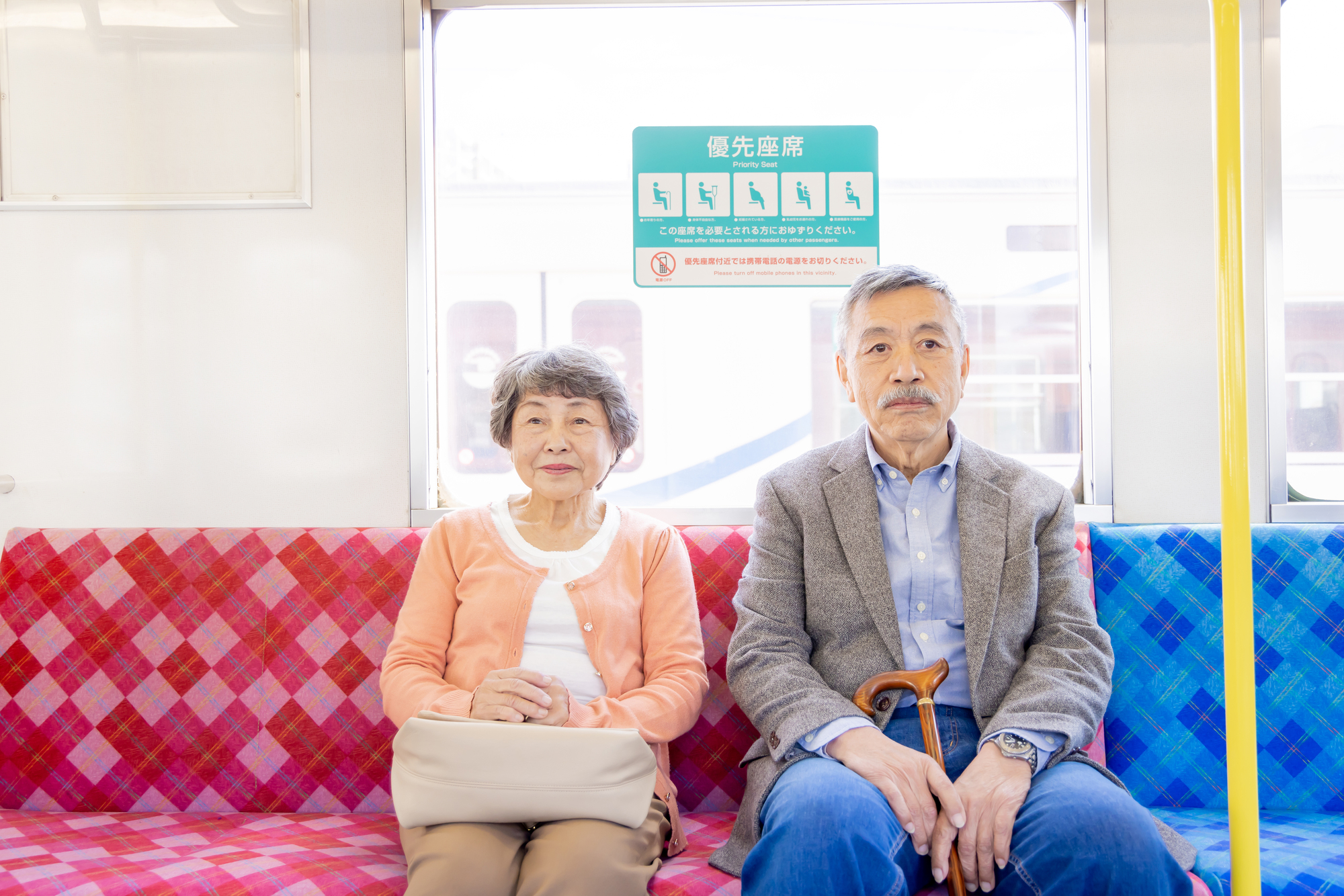
Priority seats are reserved for:
- Elderly passengers
- People with disabilities
- Pregnant women
- Passengers with infants or small children
⚠️ Even if the train is nearly empty, always be prepared to give up your seat when someone in need boards.
Also note: Some passengers may have invisible conditions. Look out for people wearing a Help Mark (a red tag with a white cross and heart), or anyone who seems unwell. Being considerate is an important part of Japanese train etiquette.
Women-Only Cars
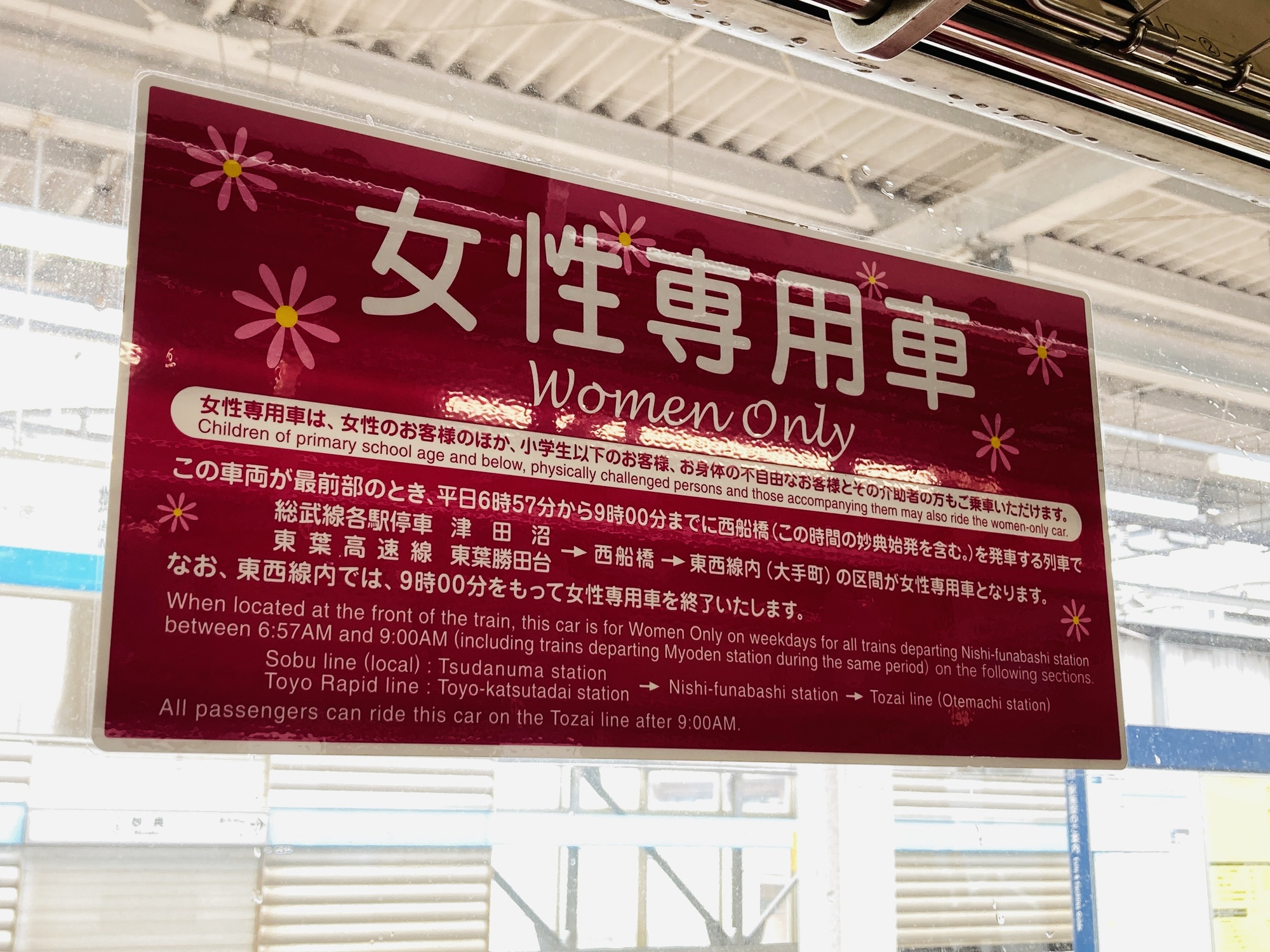
During weekday mornings (07:30~09:30), some commuter trains have Women-Only Cars.
- Introduced in the 2000s, these cars ensure a safe and comfortable ride for women during rush hour.
- On JR lines, elementary school boys, men with disabilities, and male caregivers may also use them.
- Typically, the first car (Car No. 1) is designated as Women-Only. Signs are clearly posted on platforms and train windows—always check before boarding.
Green Cars (First-Class Cars)
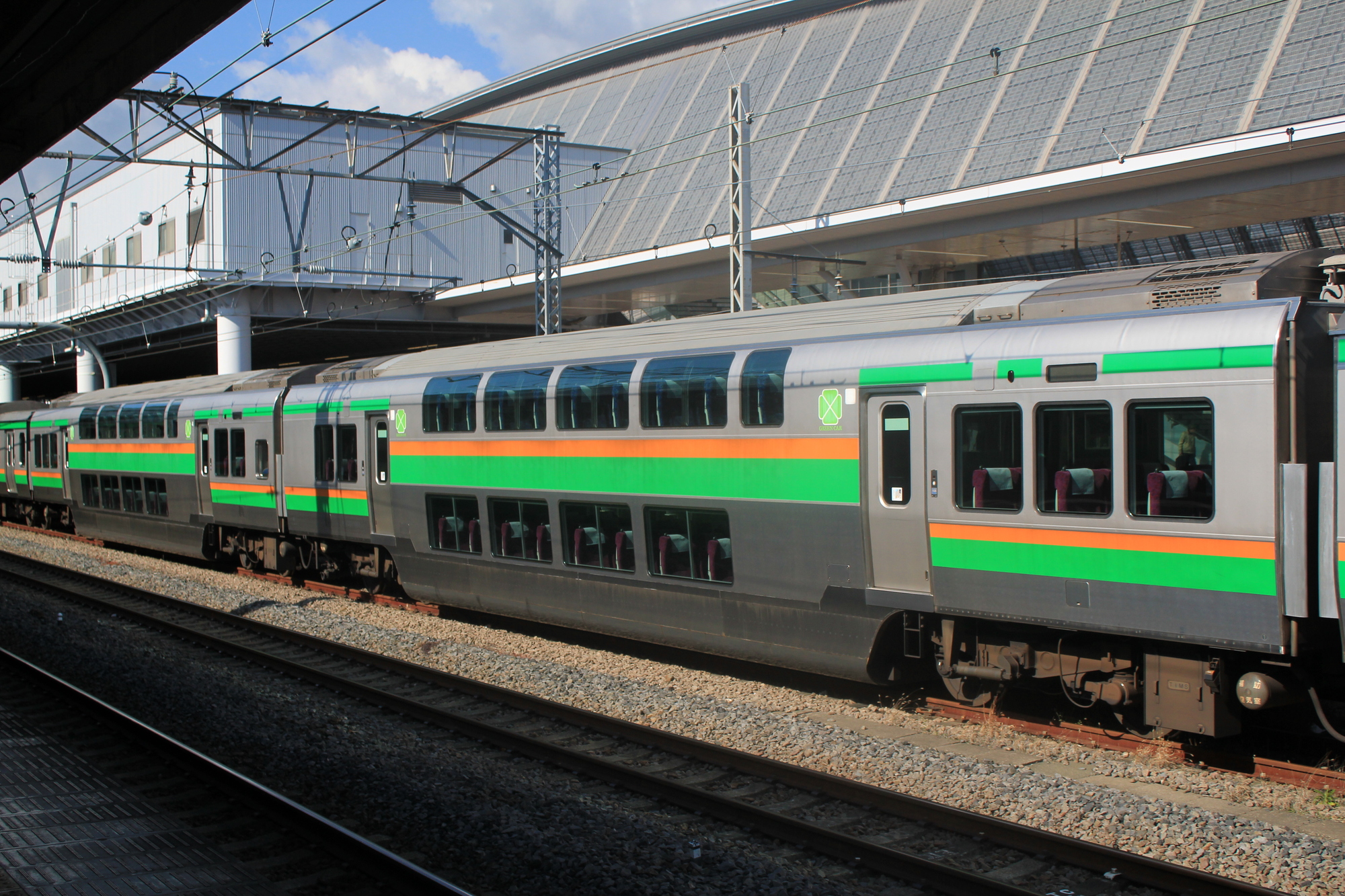
For a more comfortable and premium experience, you can ride in a Green Car.
- Green Cars are not reserved seats but require a separate Green Car ticket in addition to your regular fare.
- Prices vary depending on the travel distance.
- If you have an IC card, you can easily purchase a Green Car ticket inside the station before boarding.
- Some Green Cars even offer onboard sales, adding a touch of luxury to your trip.
✅ Green Cars are perfect for travelers who want to avoid crowds or enjoy a more relaxing ride.
How to Enjoy the Station (“Ekinaka”)
Missed your train and now have 30 minutes to spare?
No problem—Japan’s “Ekinaka” (inside-the-station shopping and dining areas) make waiting part of the fun!
Standing Soba Shops
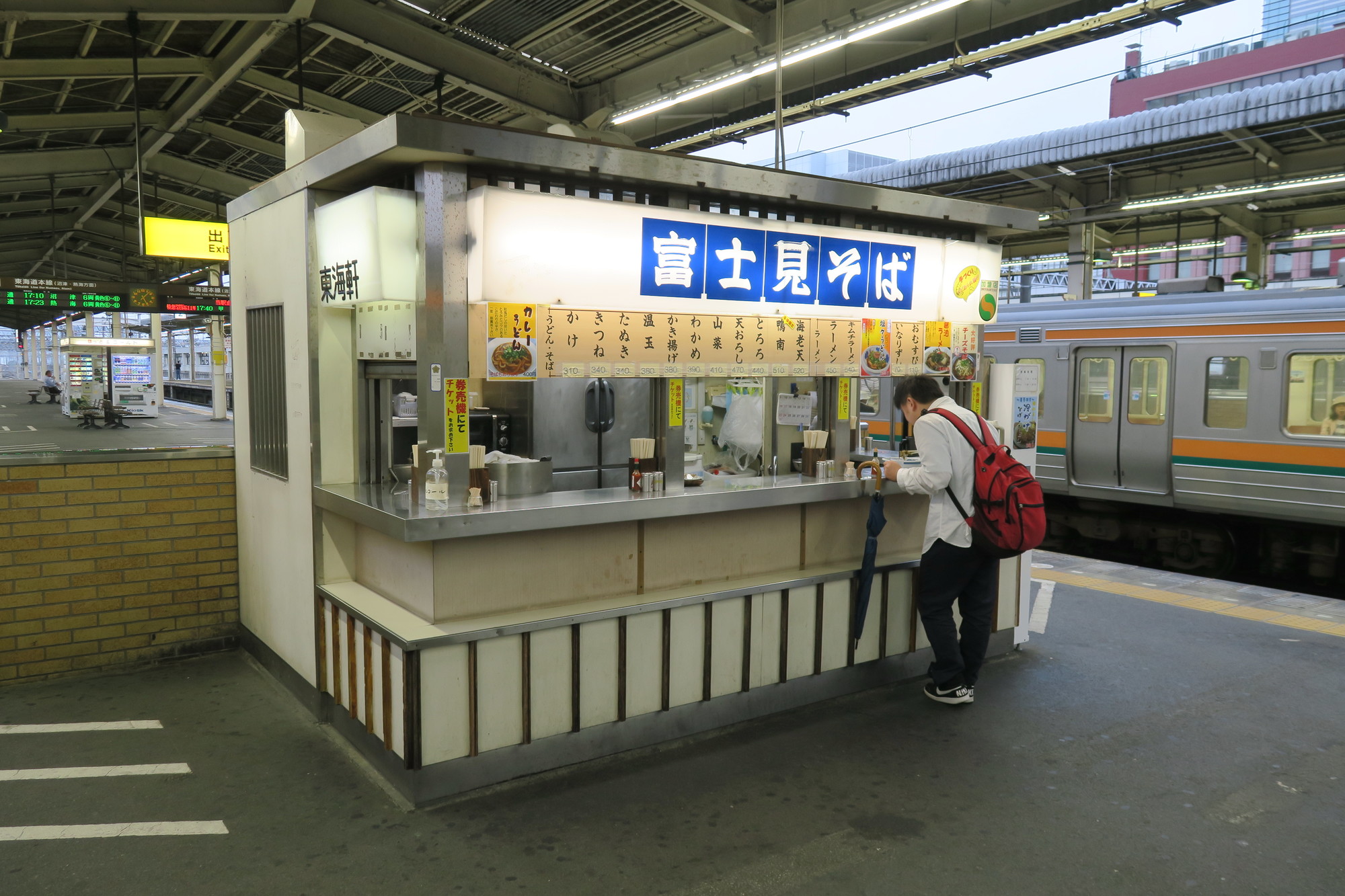
A beloved part of Japanese commuter culture is the “tachigui soba” (standing soba shop).
- Quick service is the key—you’ll get your bowl of hot, freshly made soba within minutes.
- It’s the perfect way to experience authentic Japanese flavors, even if you’re short on time.
Pop-Up Shops
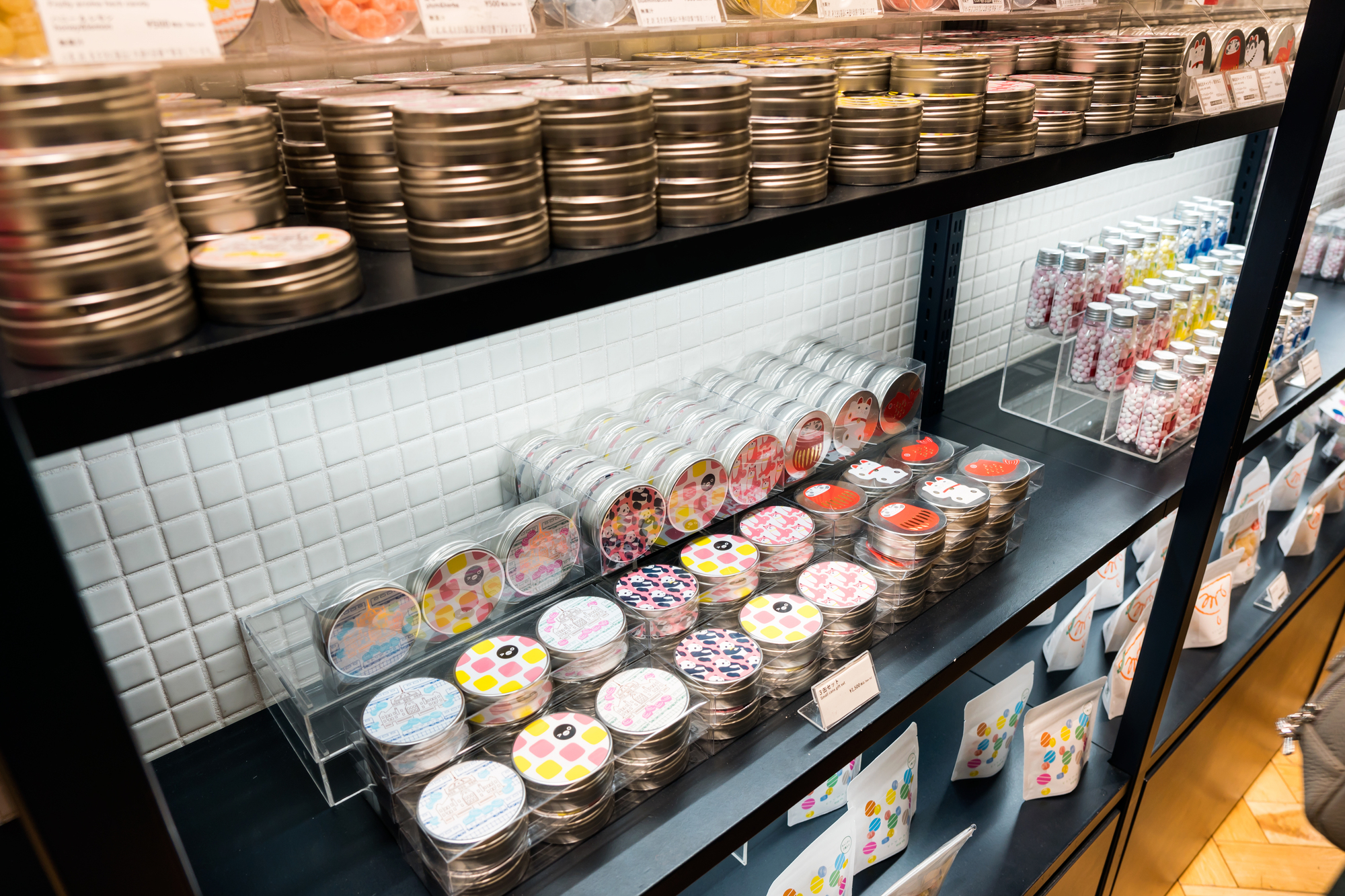
From time to time, you’ll find pop-up stalls inside stations.
- These often feature regional specialties from across Japan, giving you the chance to sample or buy souvenirs without leaving Tokyo.
- For example, at Shinagawa Sta., you might discover snacks and gifts from Yamanashi Prefecture—perfect for getting into the Mt. Fuji travel mood.
- You may also find merchandise of popular Japanese characters like Doraemon or Pikachu, or even lottery-style “Ichiban Kuji” prizes.
Vending Machines
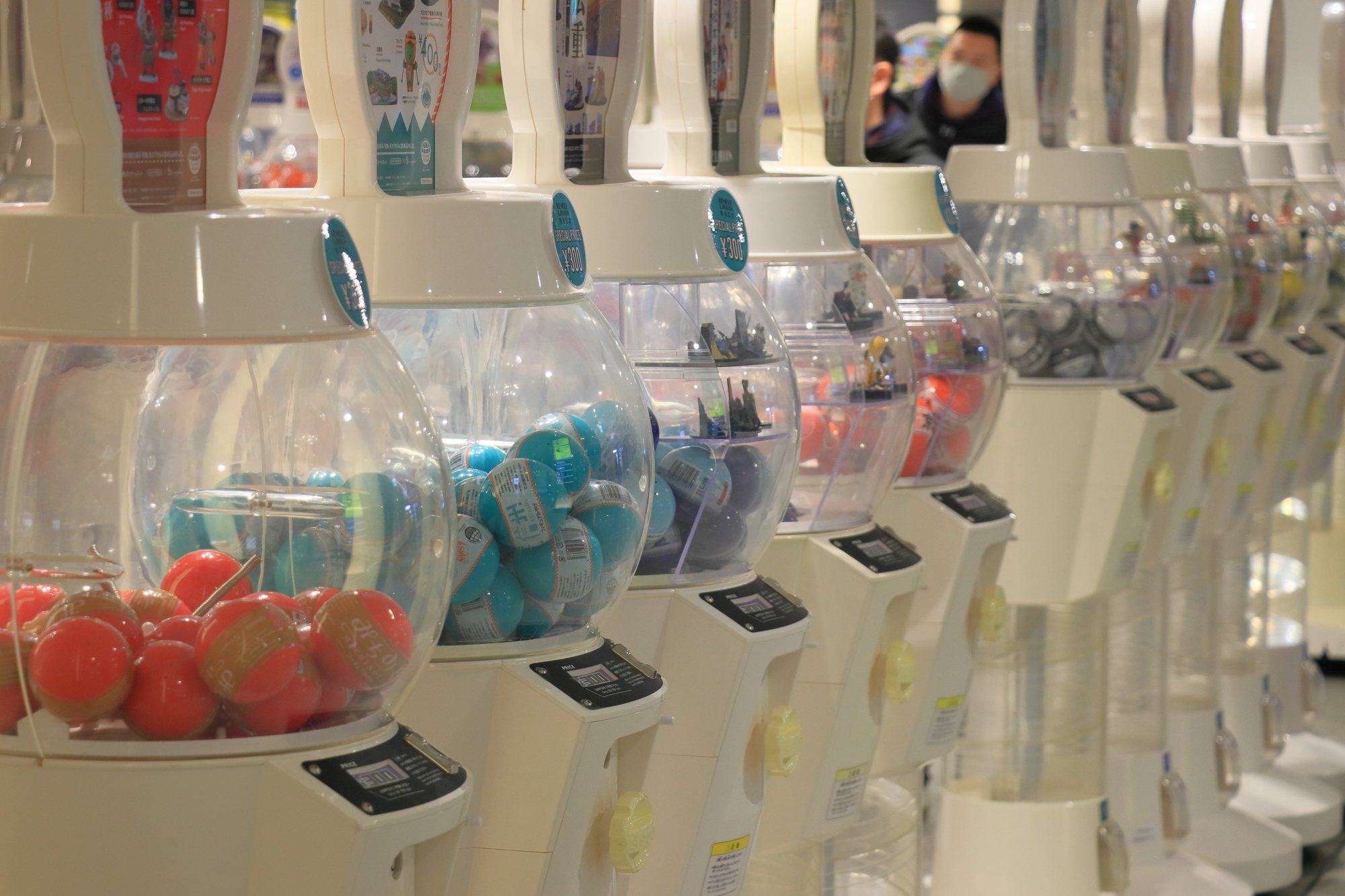
Japanese stations are famous for their vending machines—but they’re not just for drinks!
- You’ll also find machines selling hot meals, snacks, mini figures, and even limited-edition collectibles.
- Some items are so unique, they make for great souvenirs to take home.
✅ Next time you’re waiting for a train, explore the “Ekinaka”—you might be surprised by what you find!
How to Get Off the Train
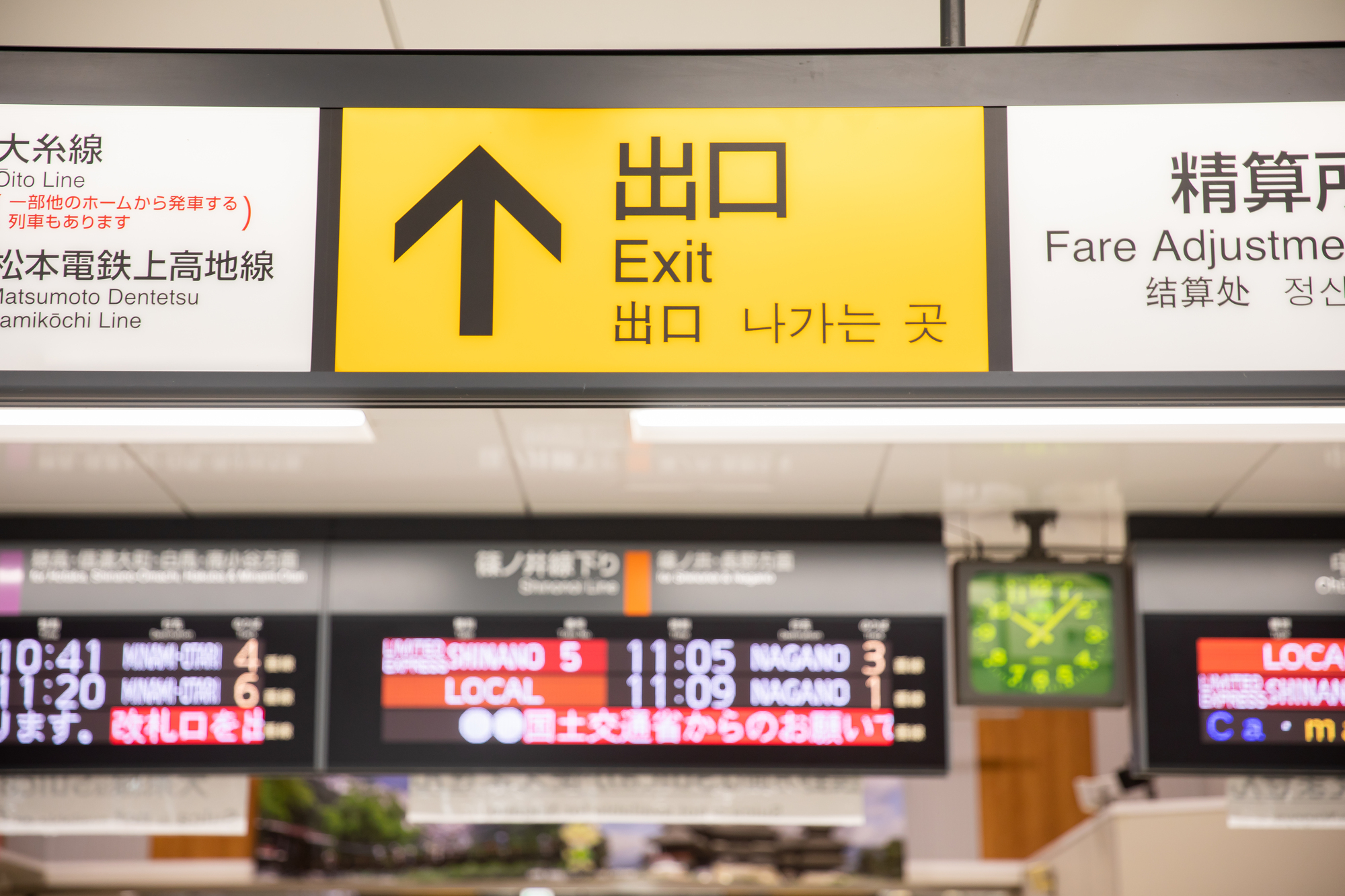
When you arrive at your destination, simply step off the train and head toward the exit.
- At the Ticket Gates:
Insert your paper ticket or tap your IC card.- If a buzzer sounds, it means there is a fare mismatch.
- In that case, either ask a station staff member for help, or use the Fare Adjustment Machine (Norikoshi Seisan) near the gates to pay the difference.
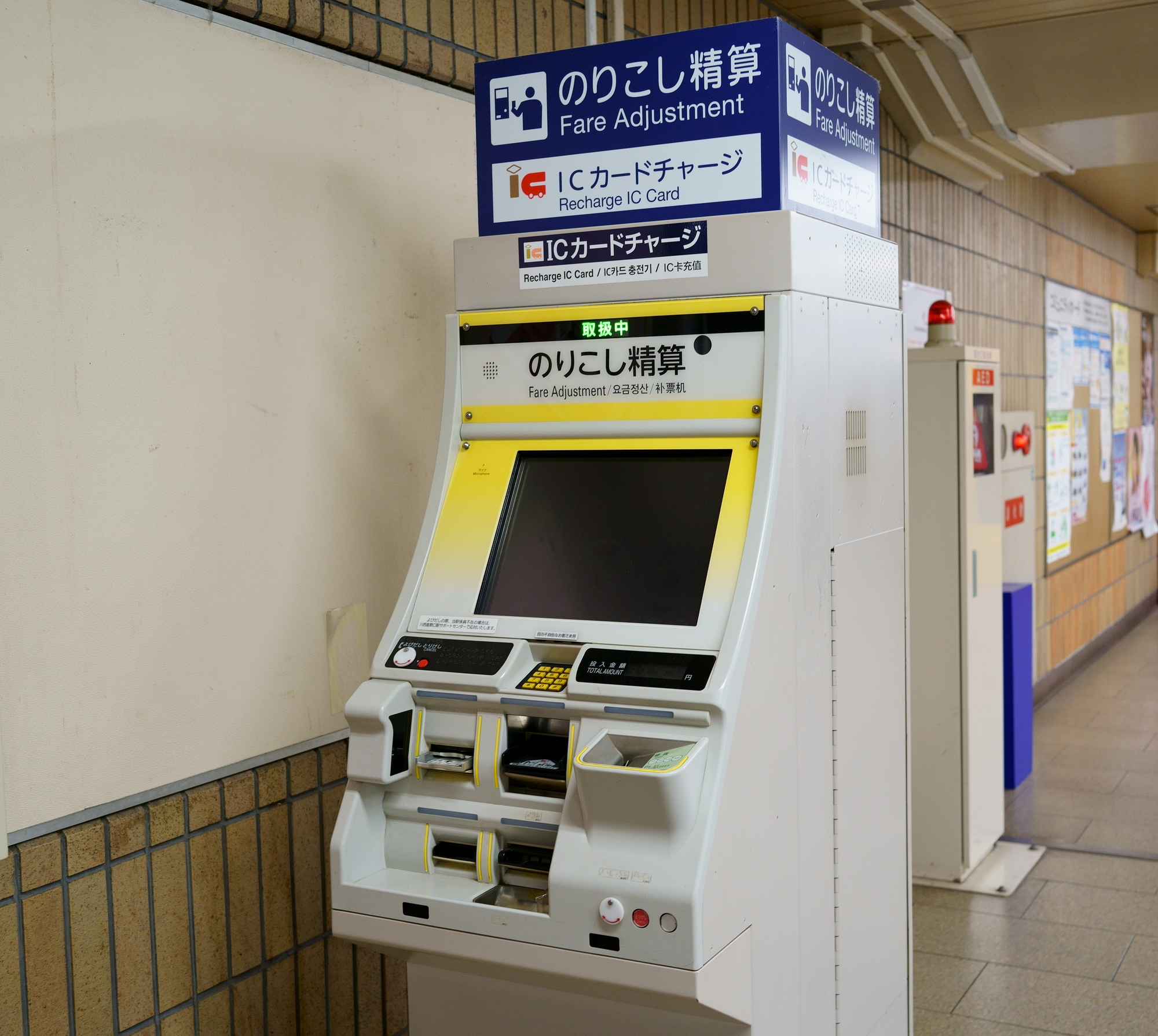
🎫 Tip: If you used a paper ticket, you can ask the station staff to let you keep it as a souvenir. Many travelers like to keep special tickets—such as a Love Fortune Ticket—as a memory of their trip.
Summary
In this guide, we introduced the basics of riding Japan’s local trains.
From buying paper tickets or using IC cards, to finding your platform, boarding, and enjoying the station experience, Japan’s trains are not just a way to get around—they’re a cultural adventure in themselves.
✅ With a little practice, you’ll find train travel in Japan to be easy, efficient, and even fun.
So go ahead—master Japan’s trains and explore the country with confidence!
Recommended for You! Featured Articles You May Also Like
-

【Northern Area】Kofu City, Yamanashi – Live Cameras, Weather & X
-


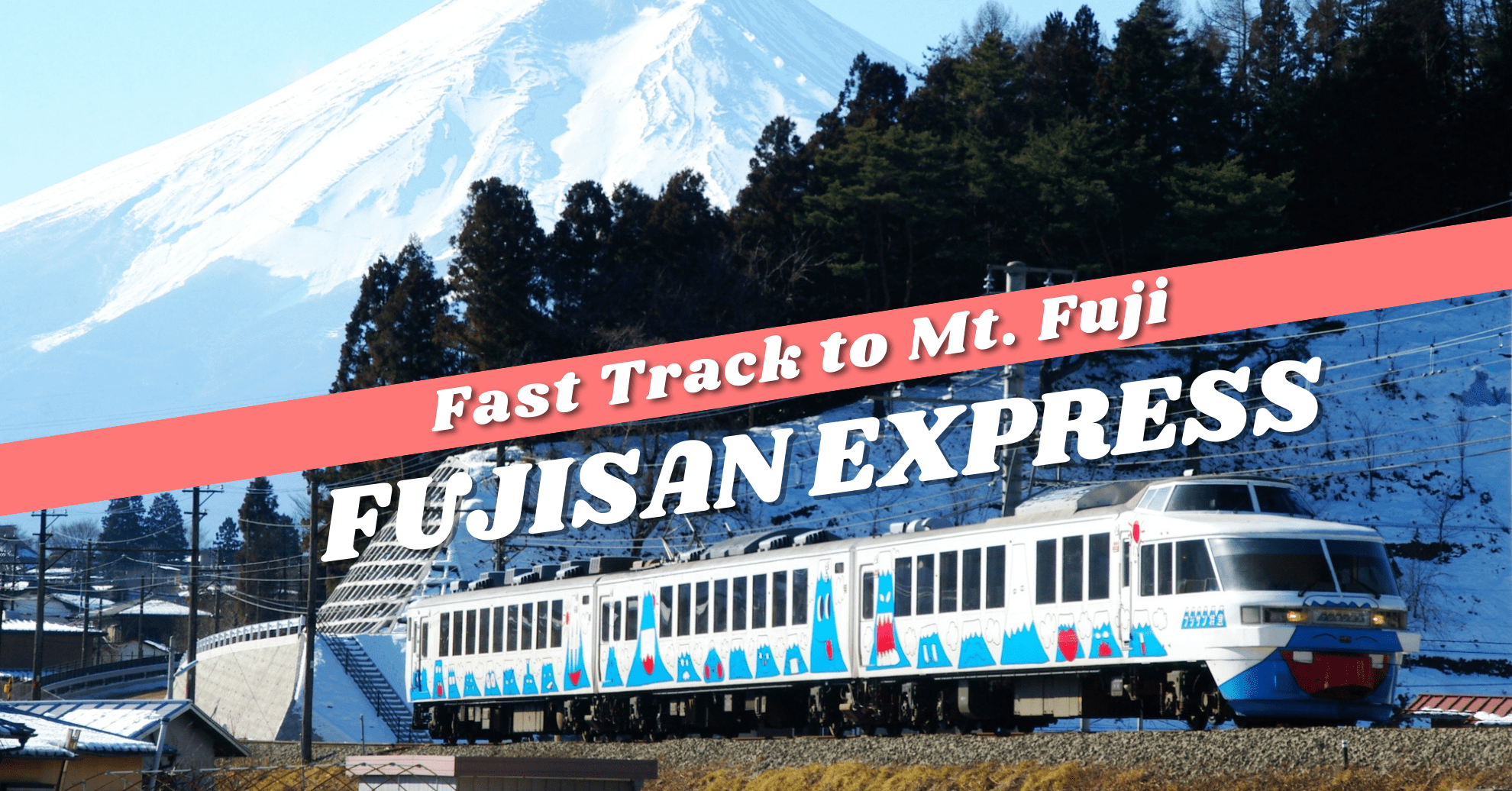
“Fujisan Express” Complete Guide – Fares, Seating, and More
-



Discover Japan for Just 100 Yen: DAISO, Seria, and Can☆Do|Complete Yamanashi Store & Souvenir Guide
-


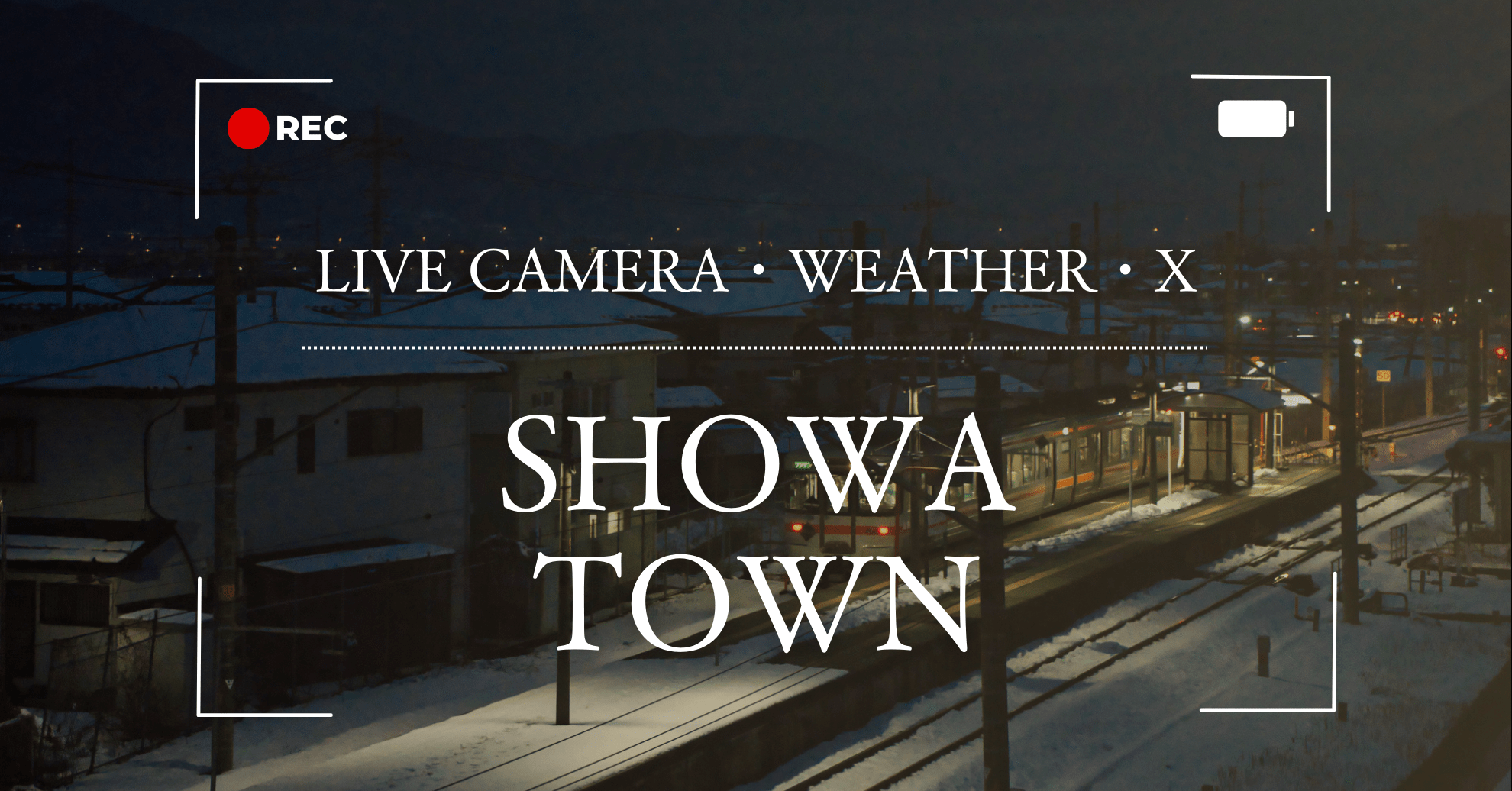
【Northern Area】Showa Town, Yamanashi – Live Cameras, Weather & X
-



“Fuji Excursion” Complete Guide – Fares, Timetables, and More
-



【Fuji Area】Oshino Village, Yamanashi – Live Cameras, Weather & X









